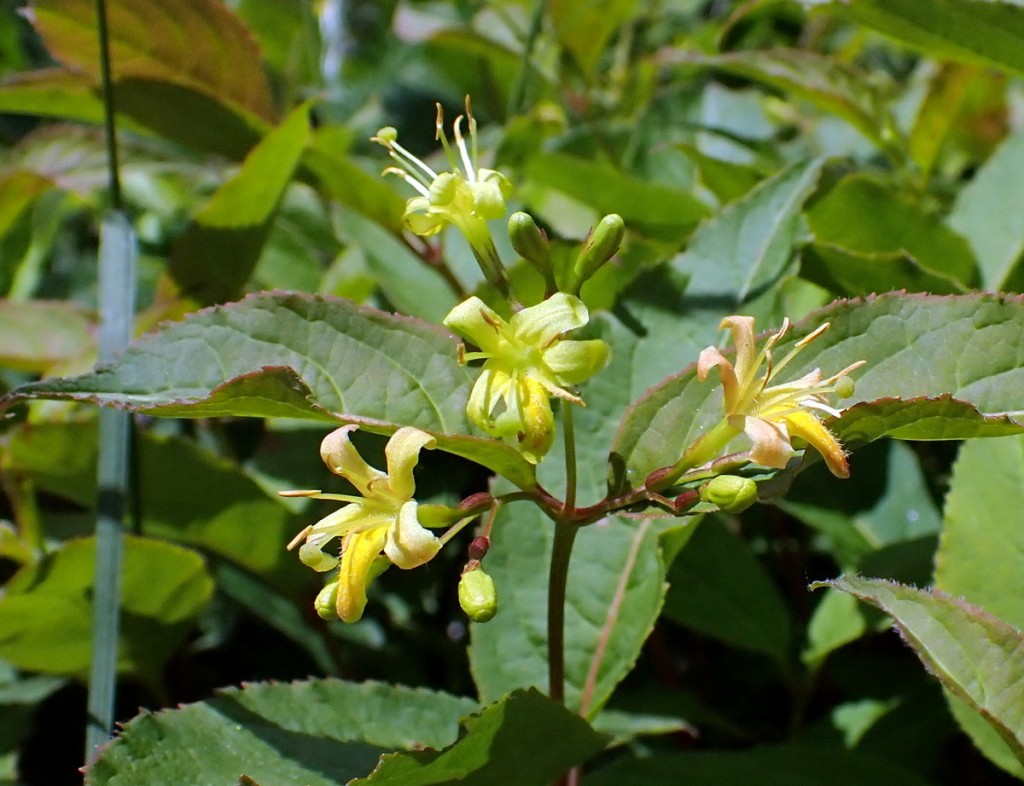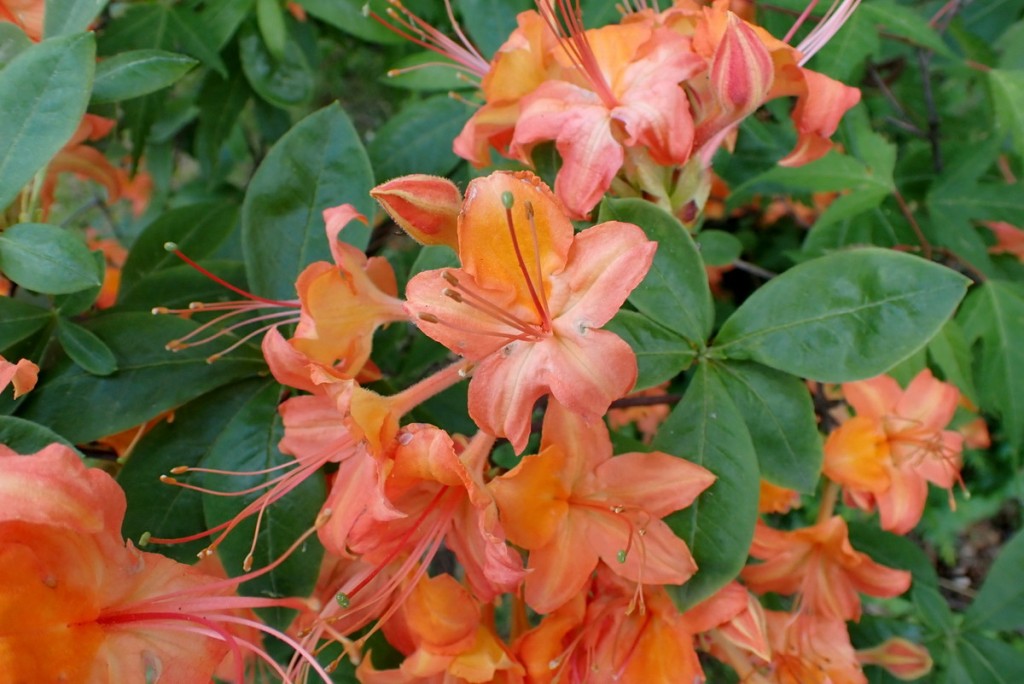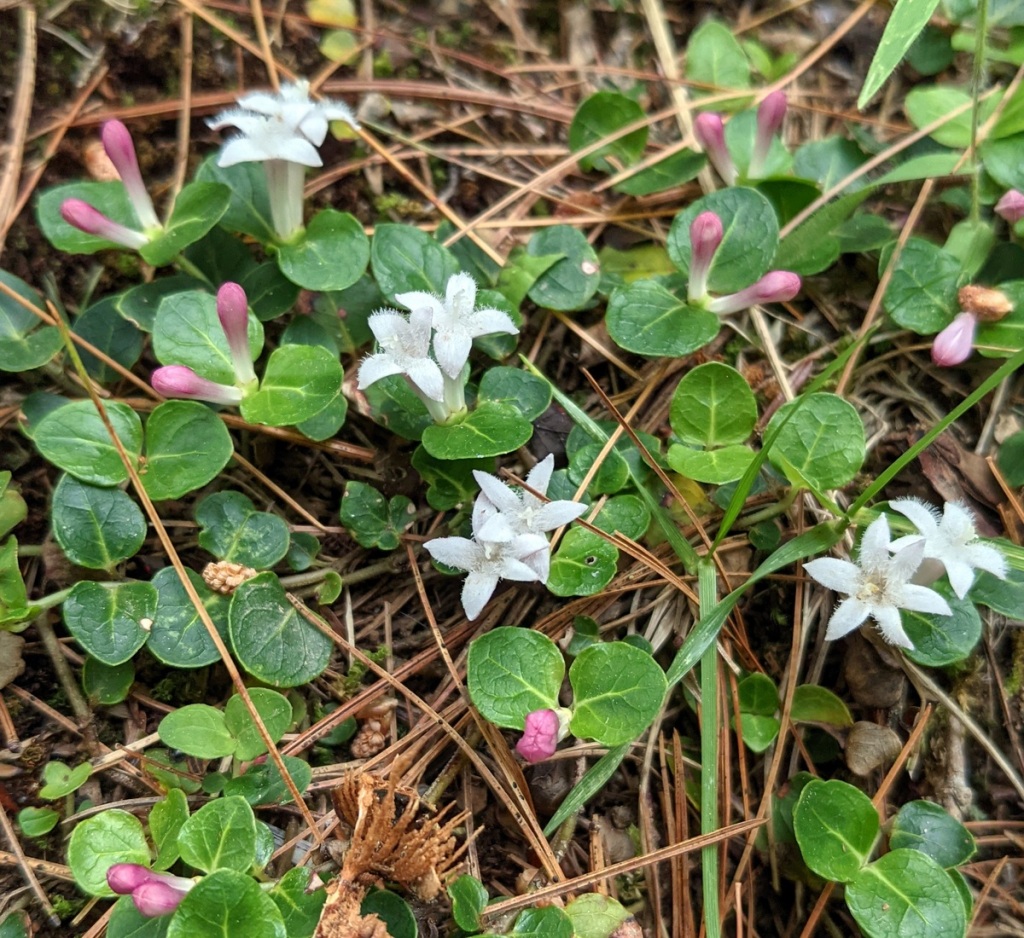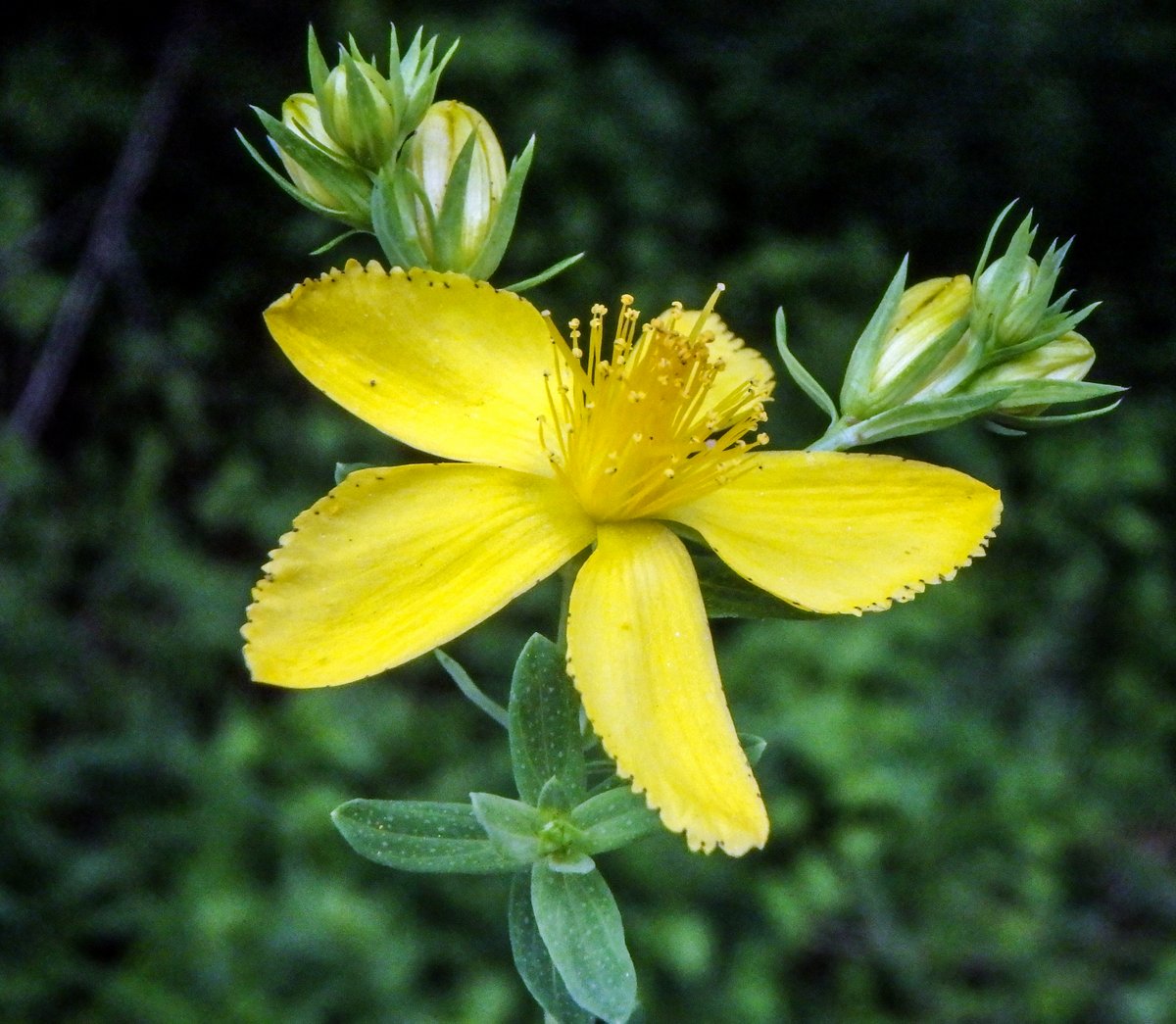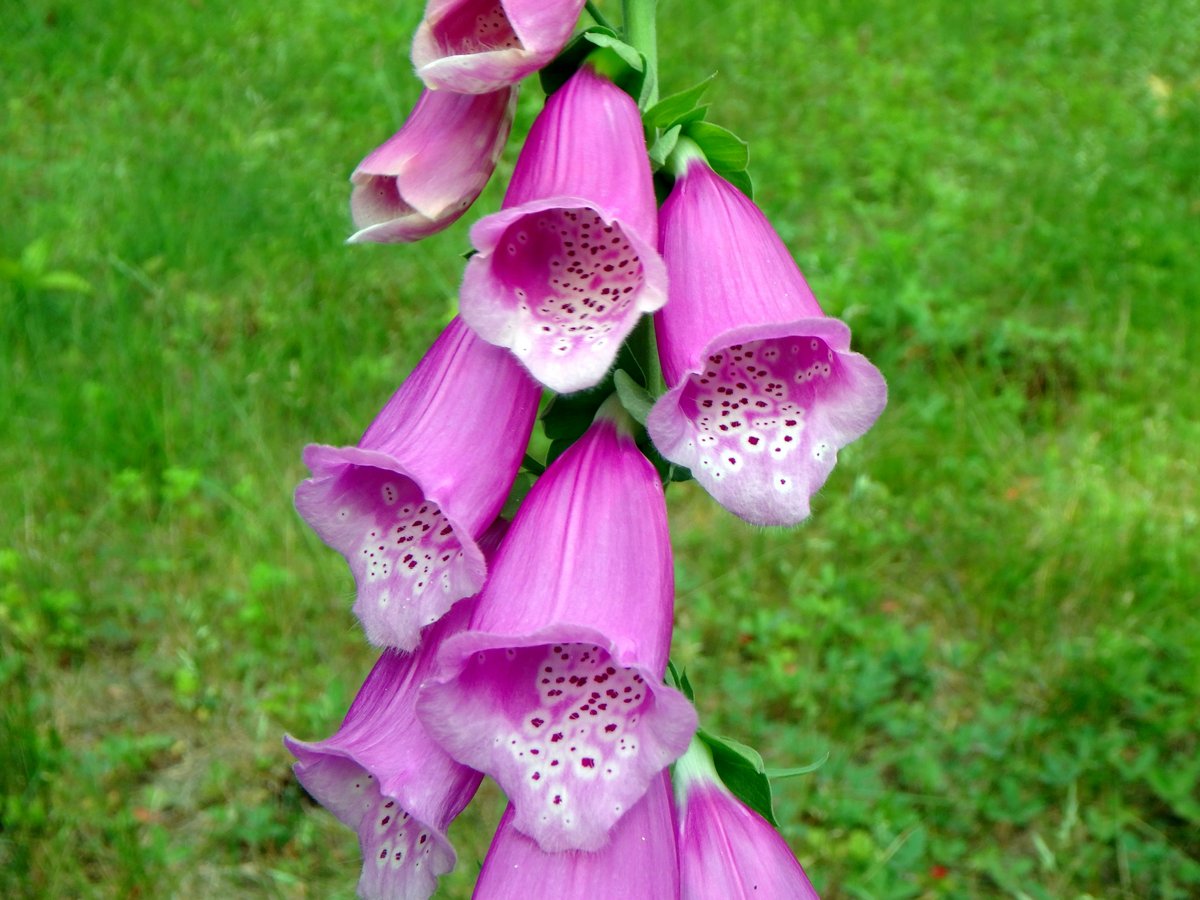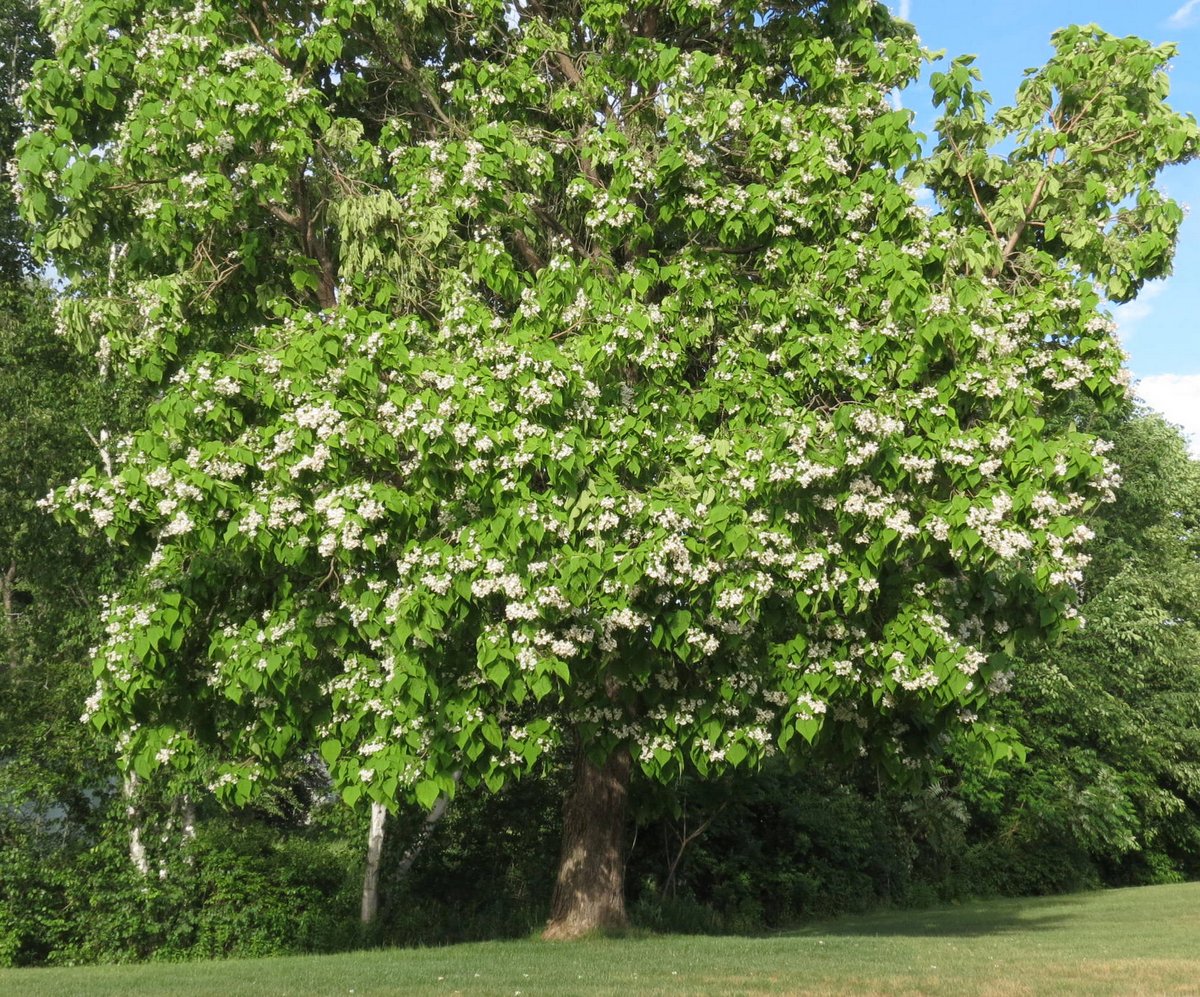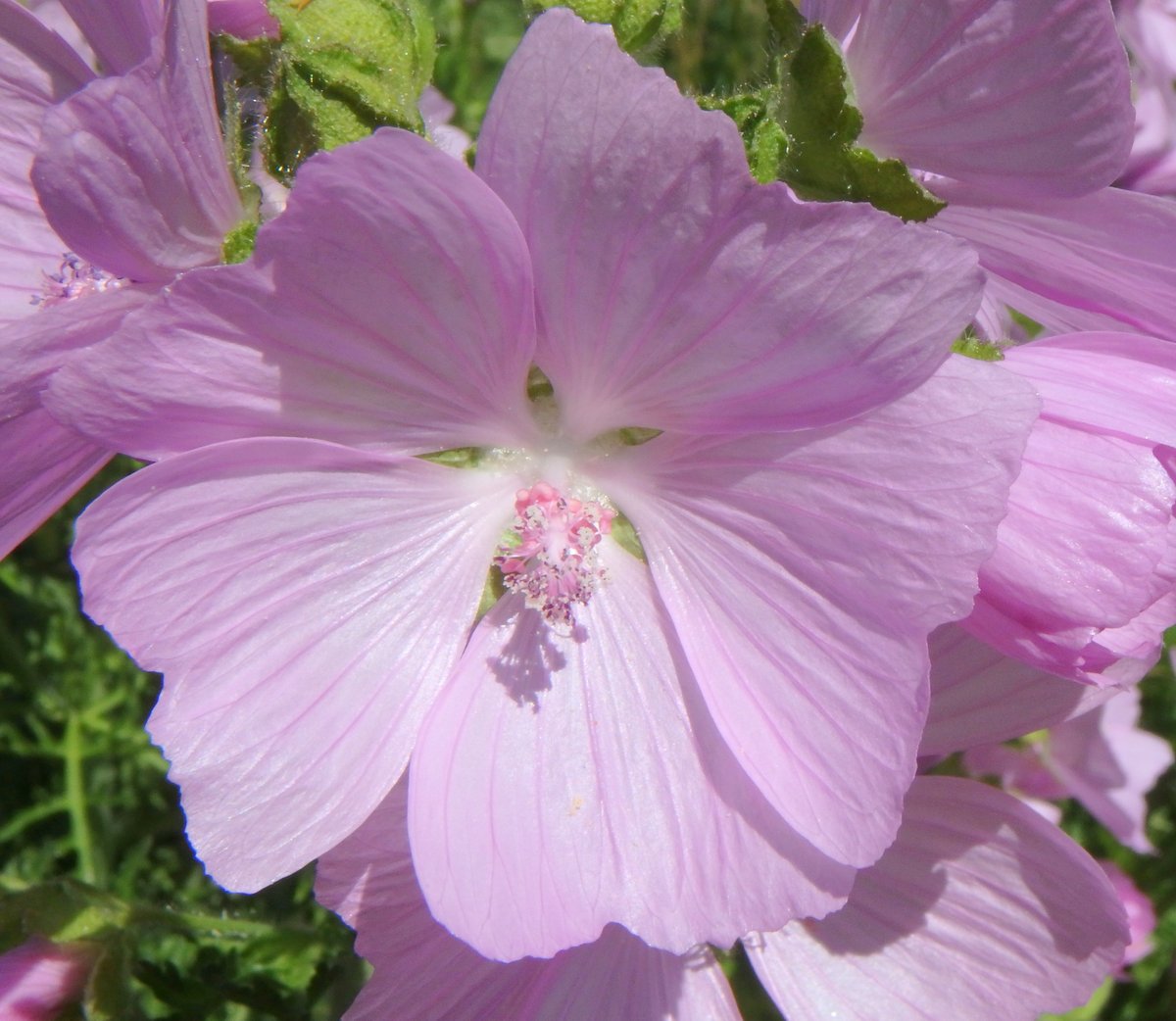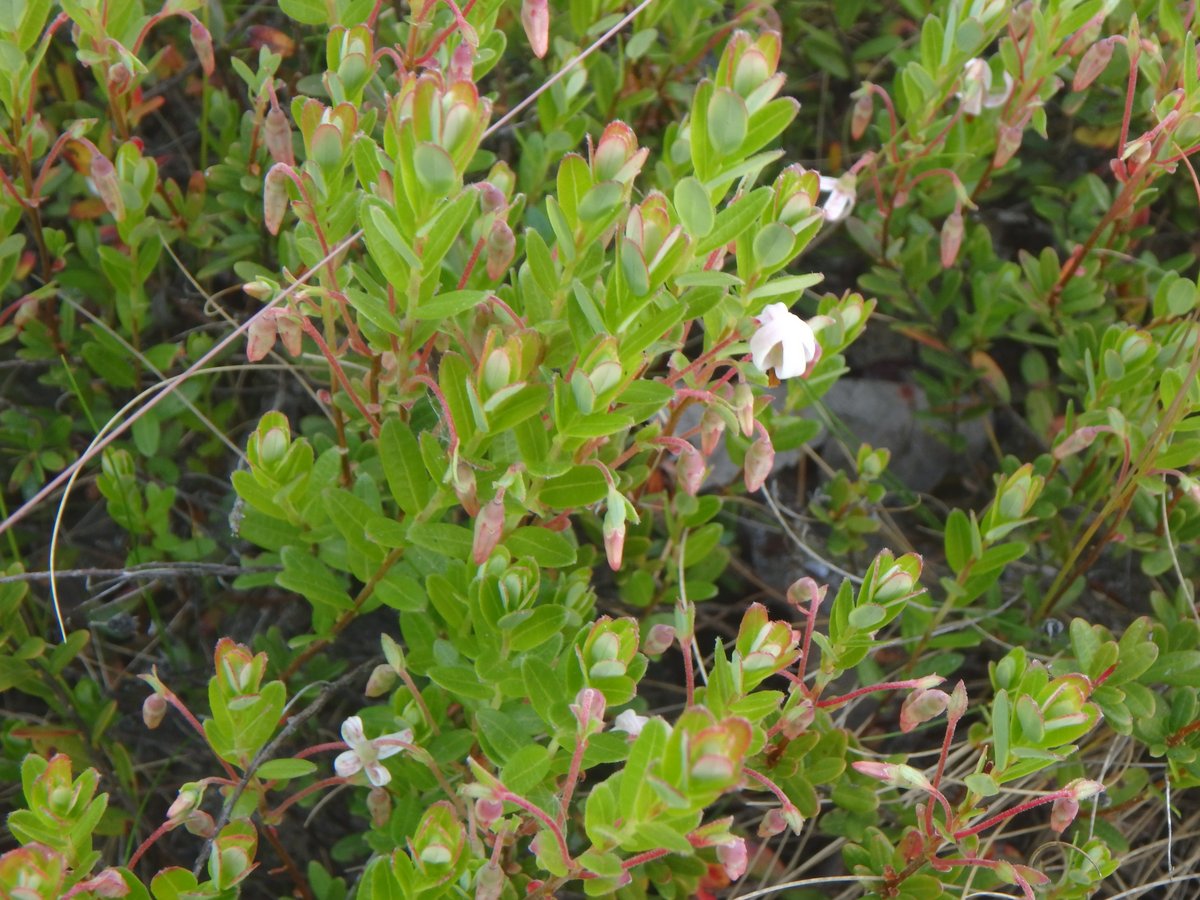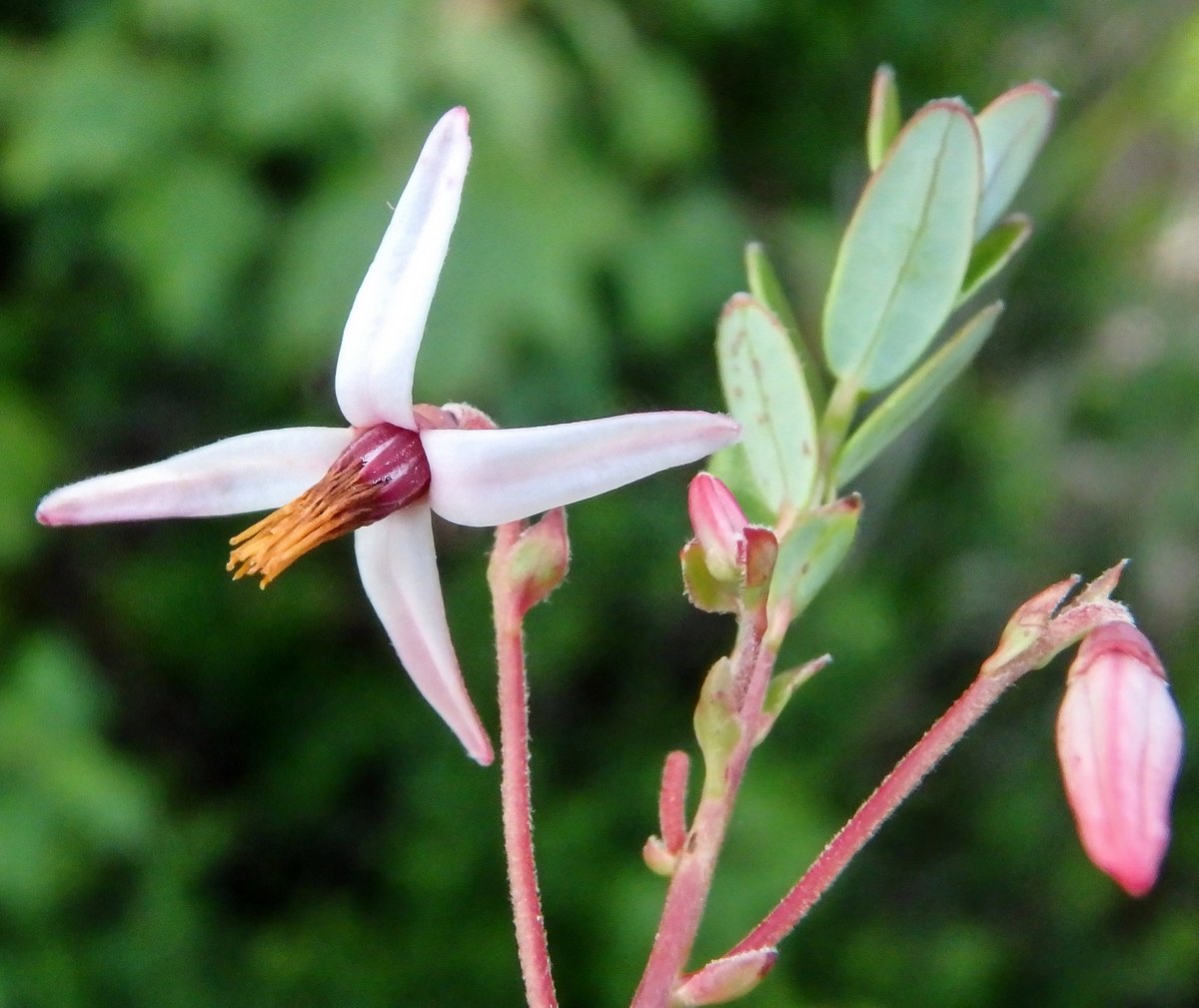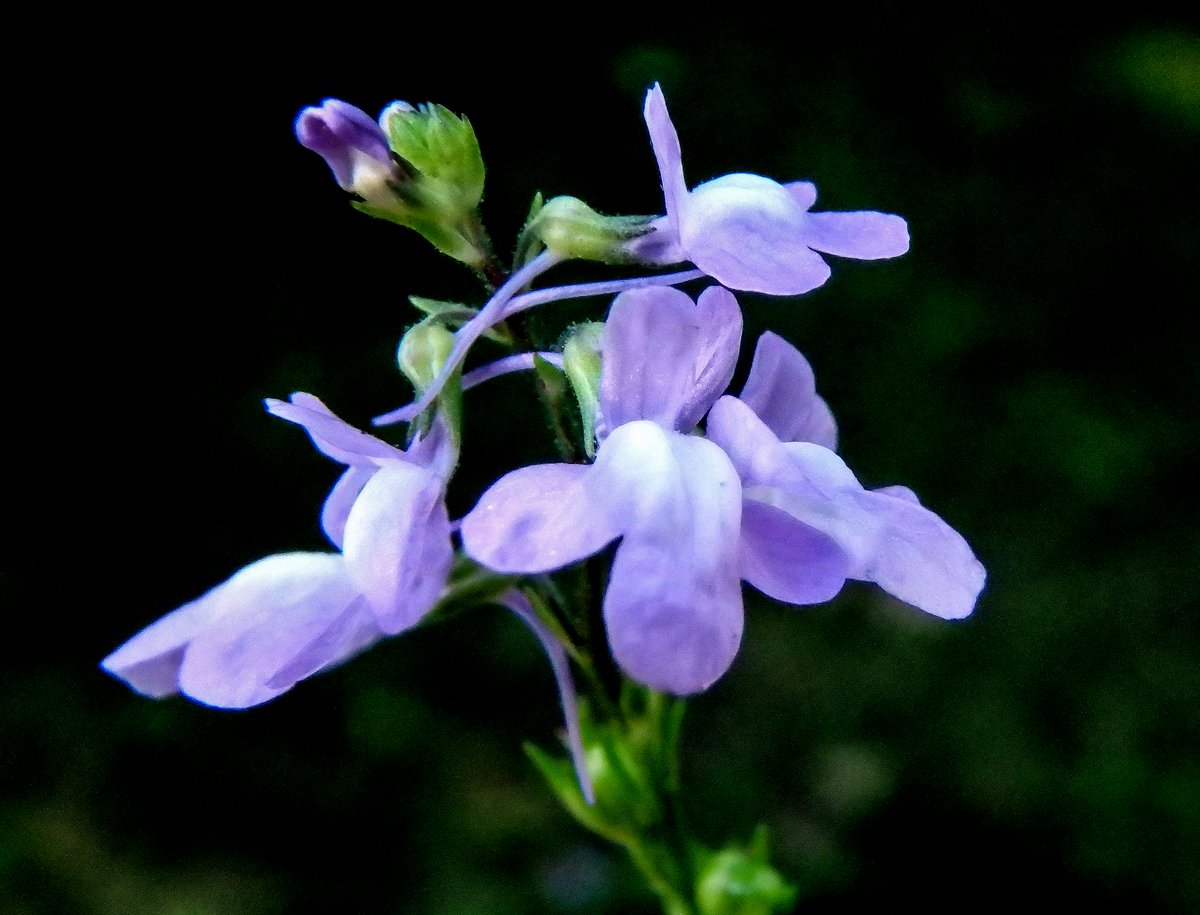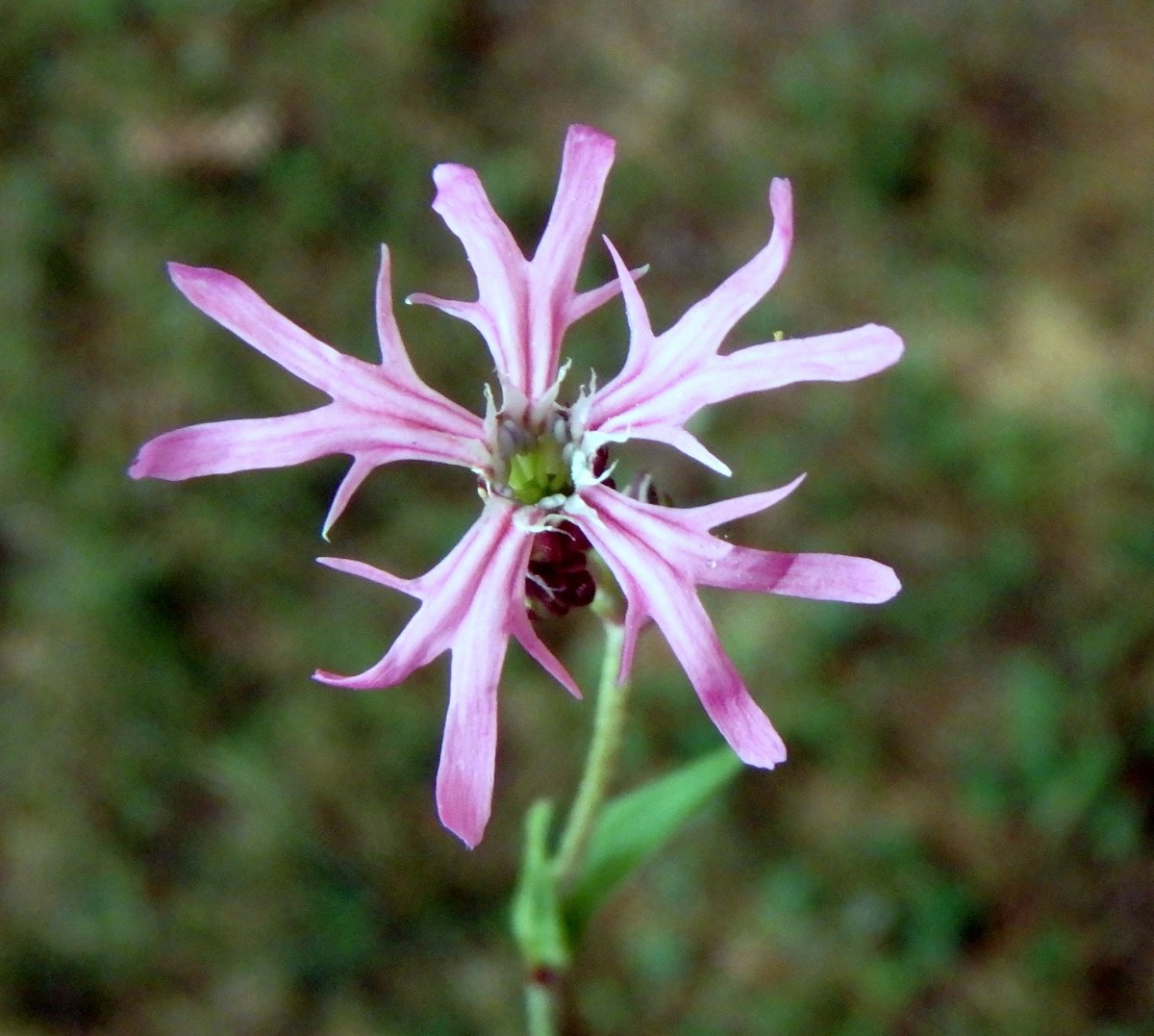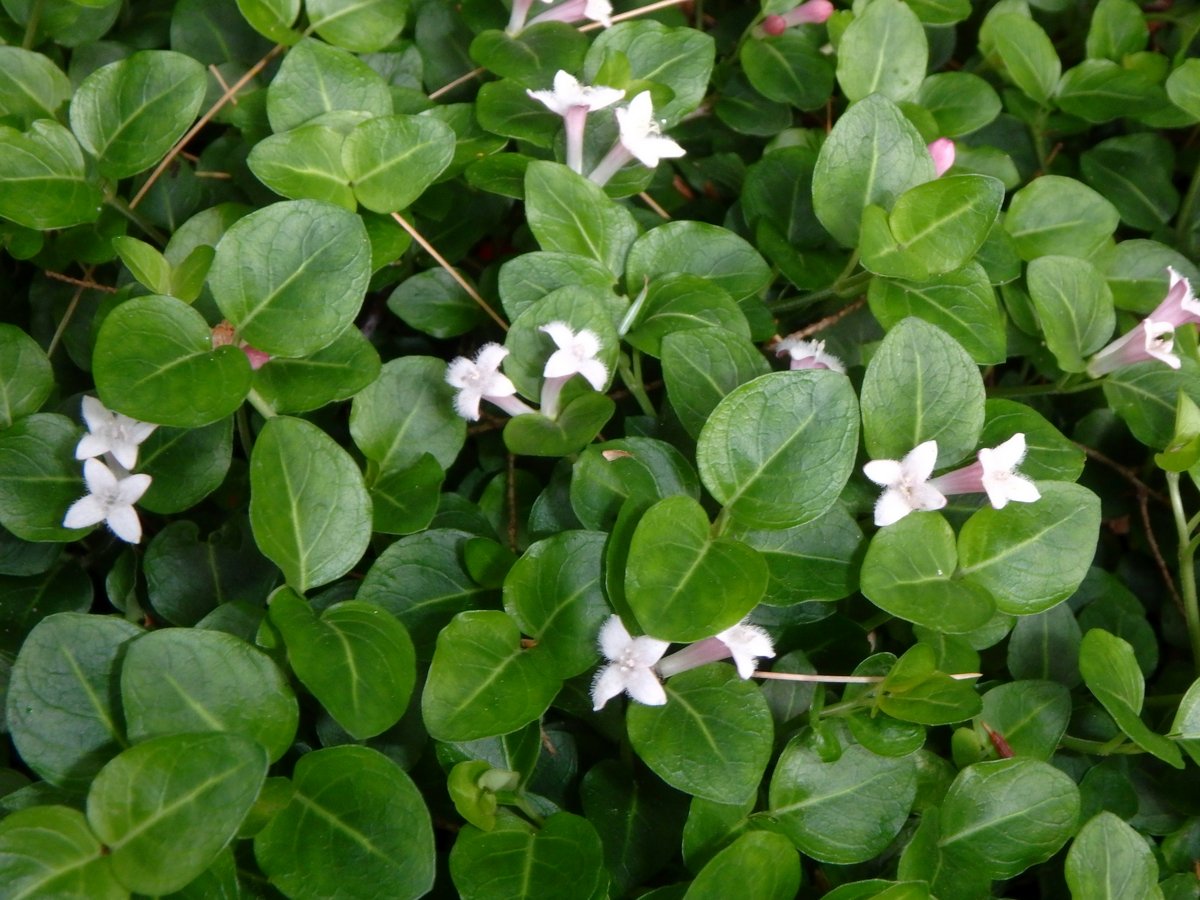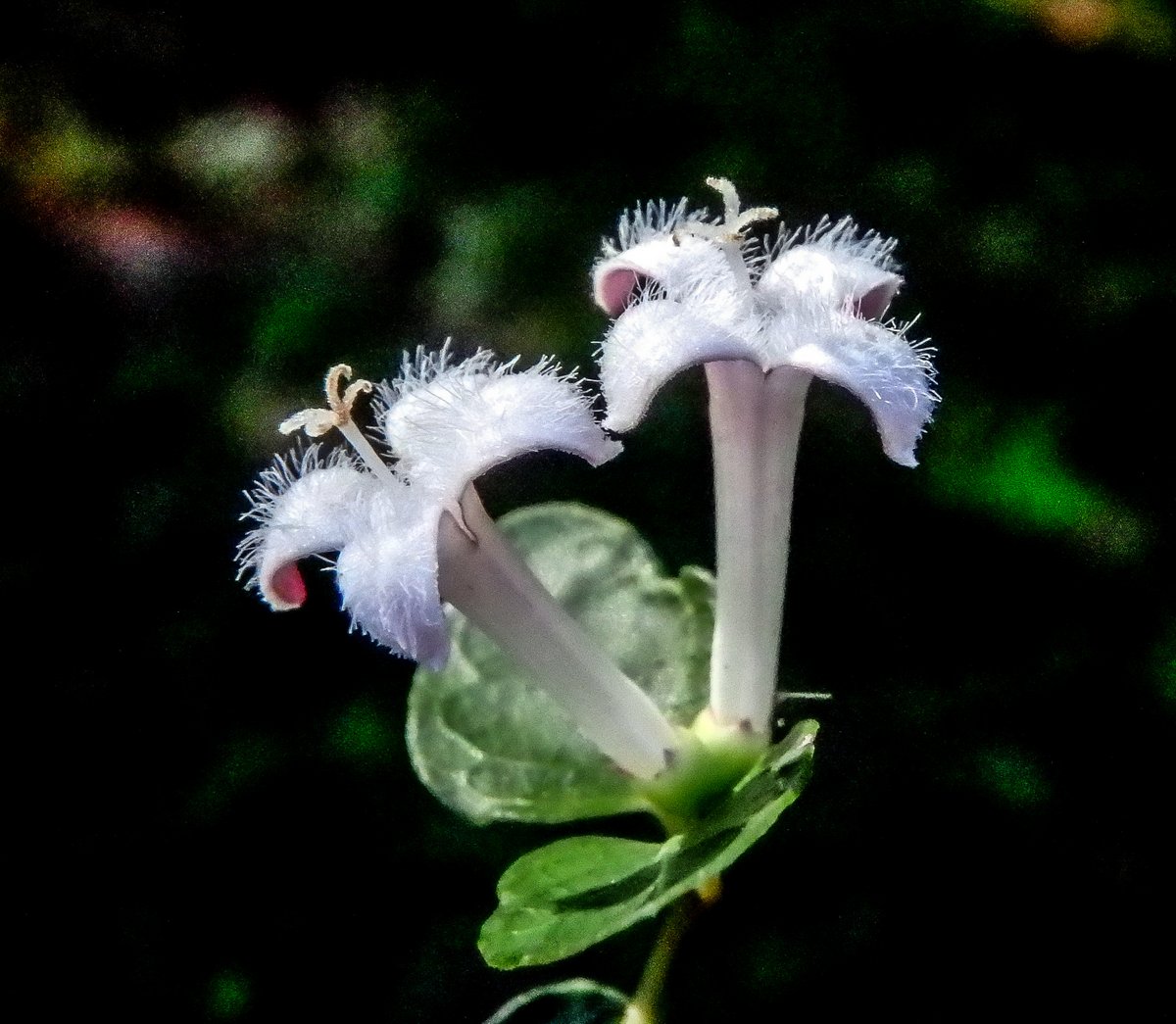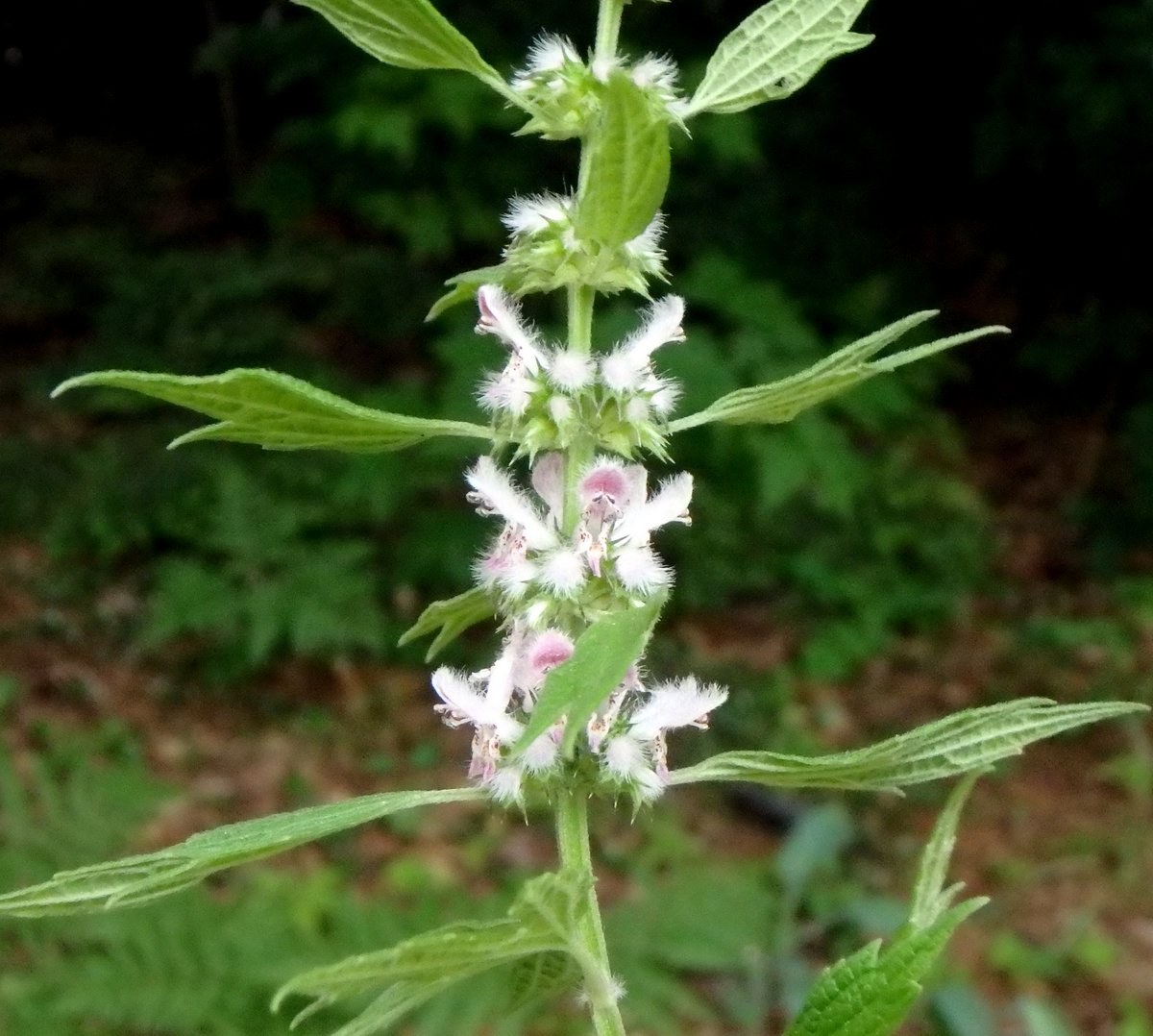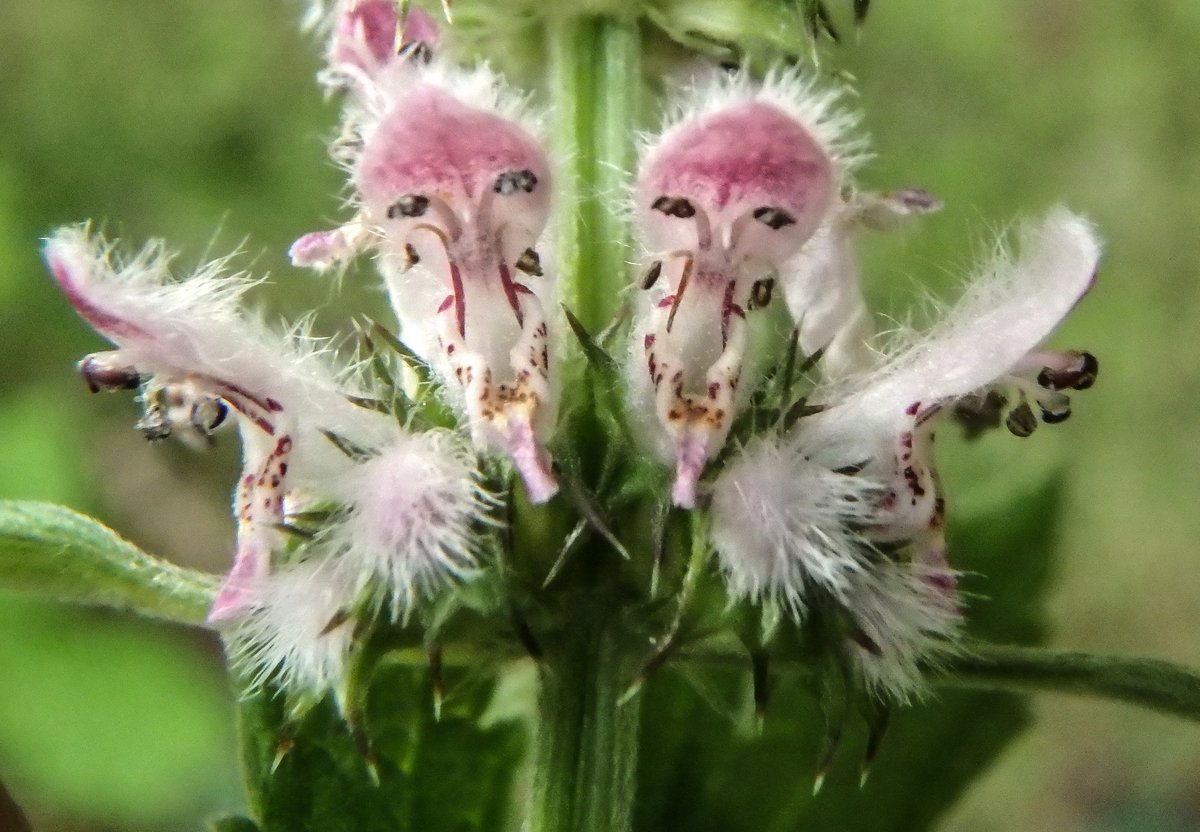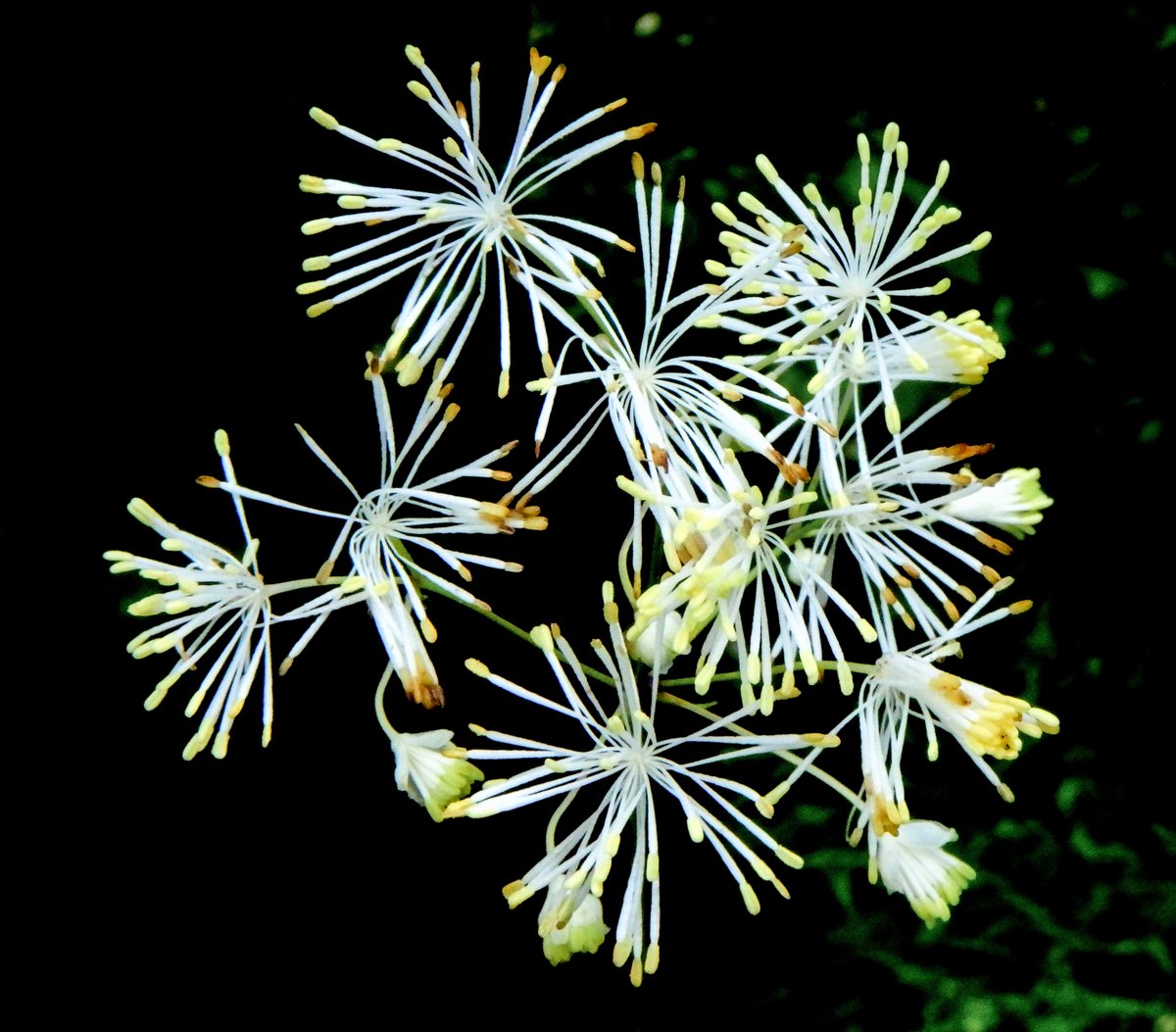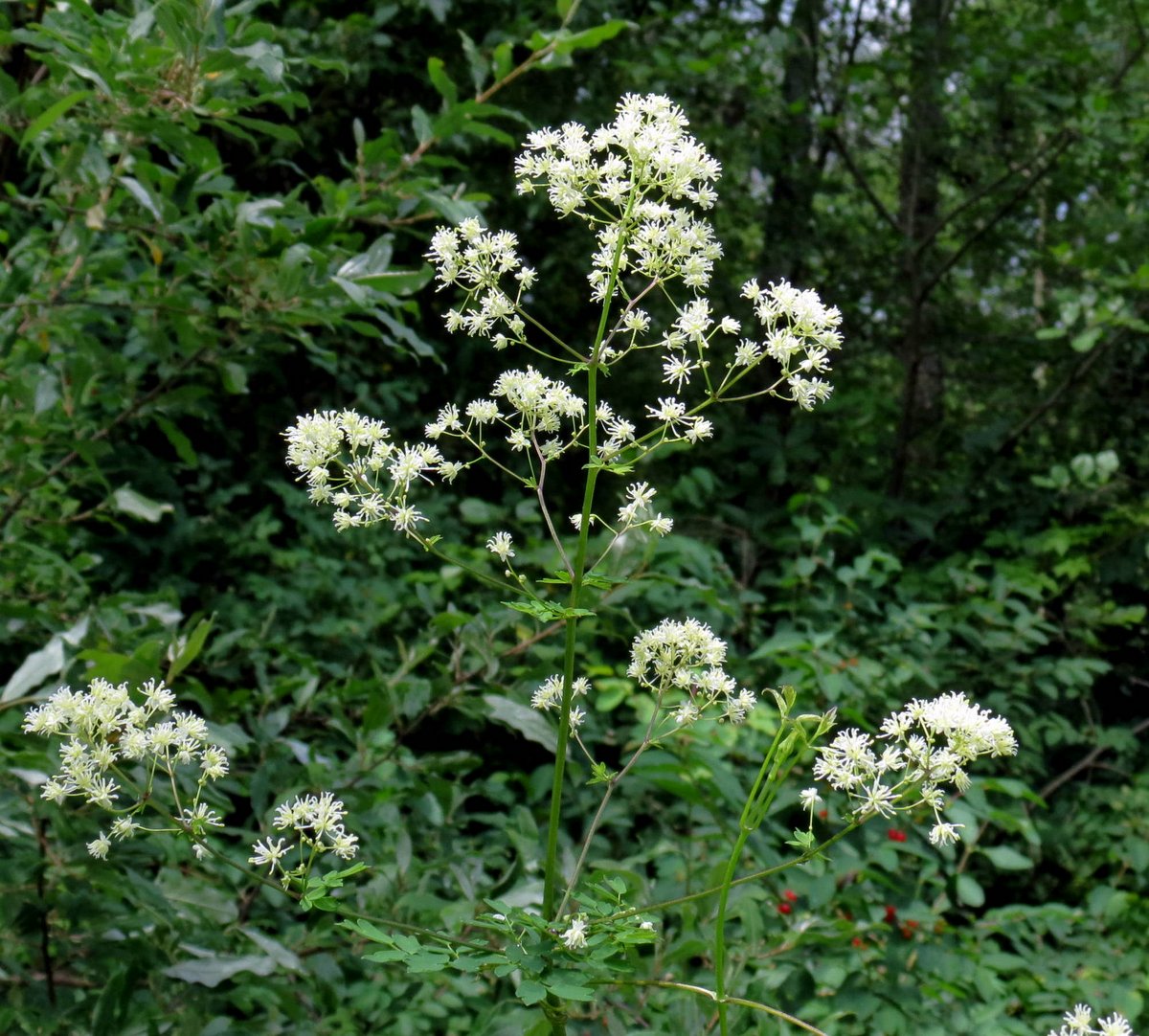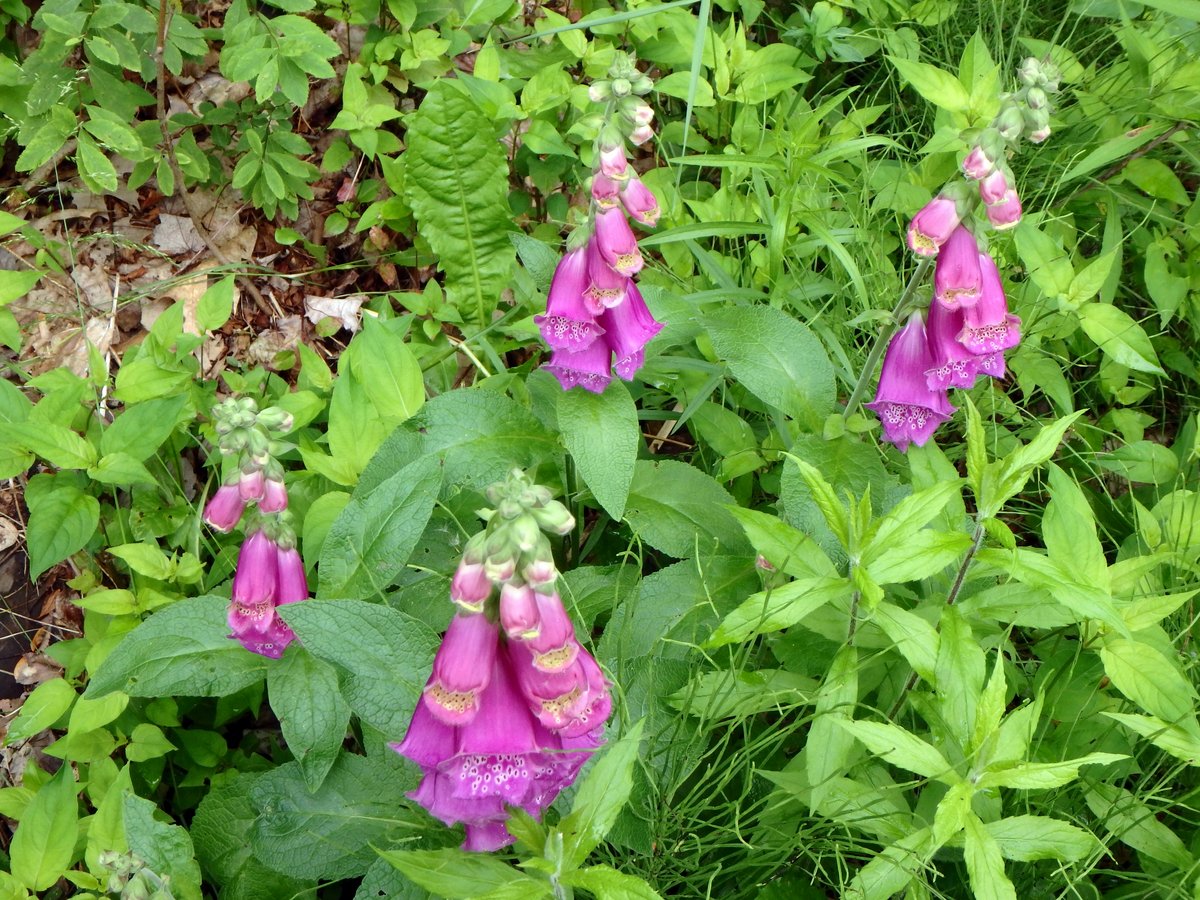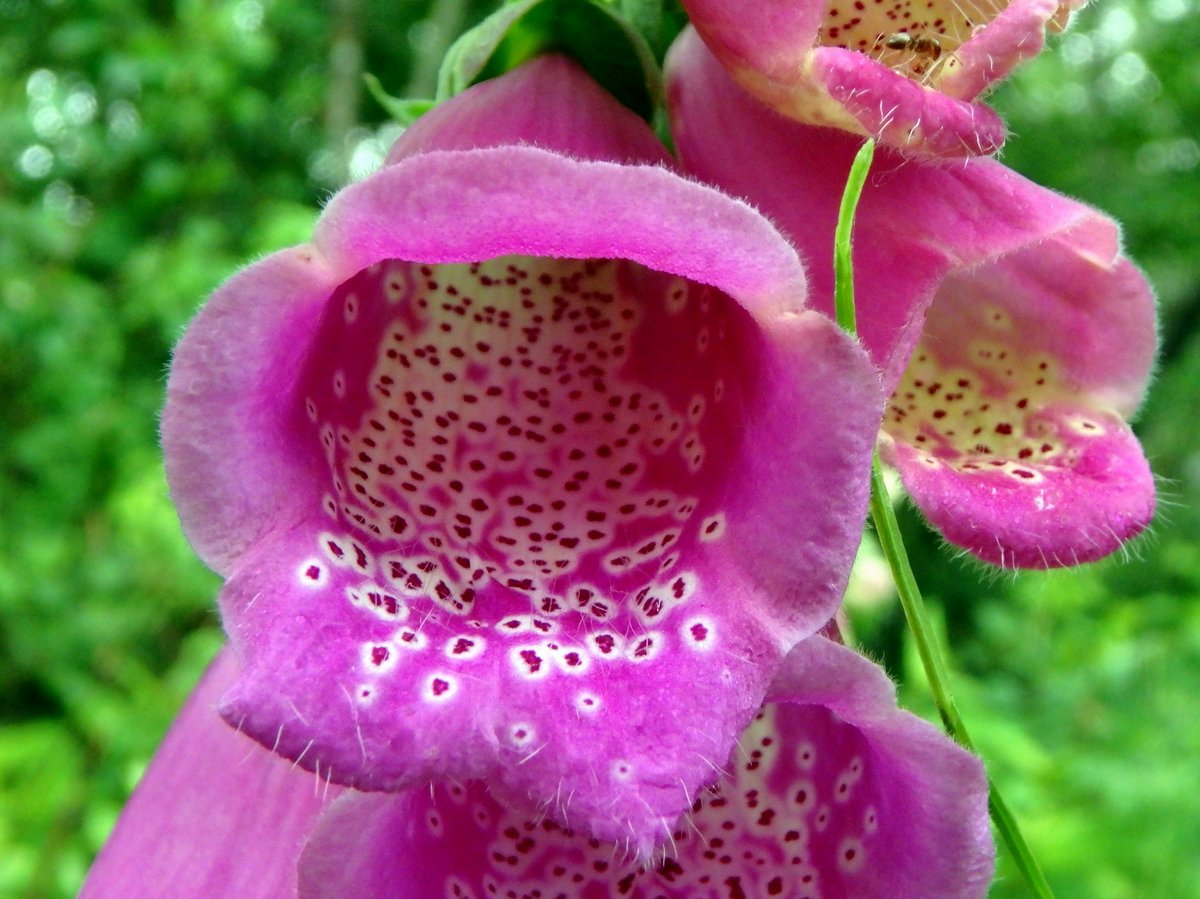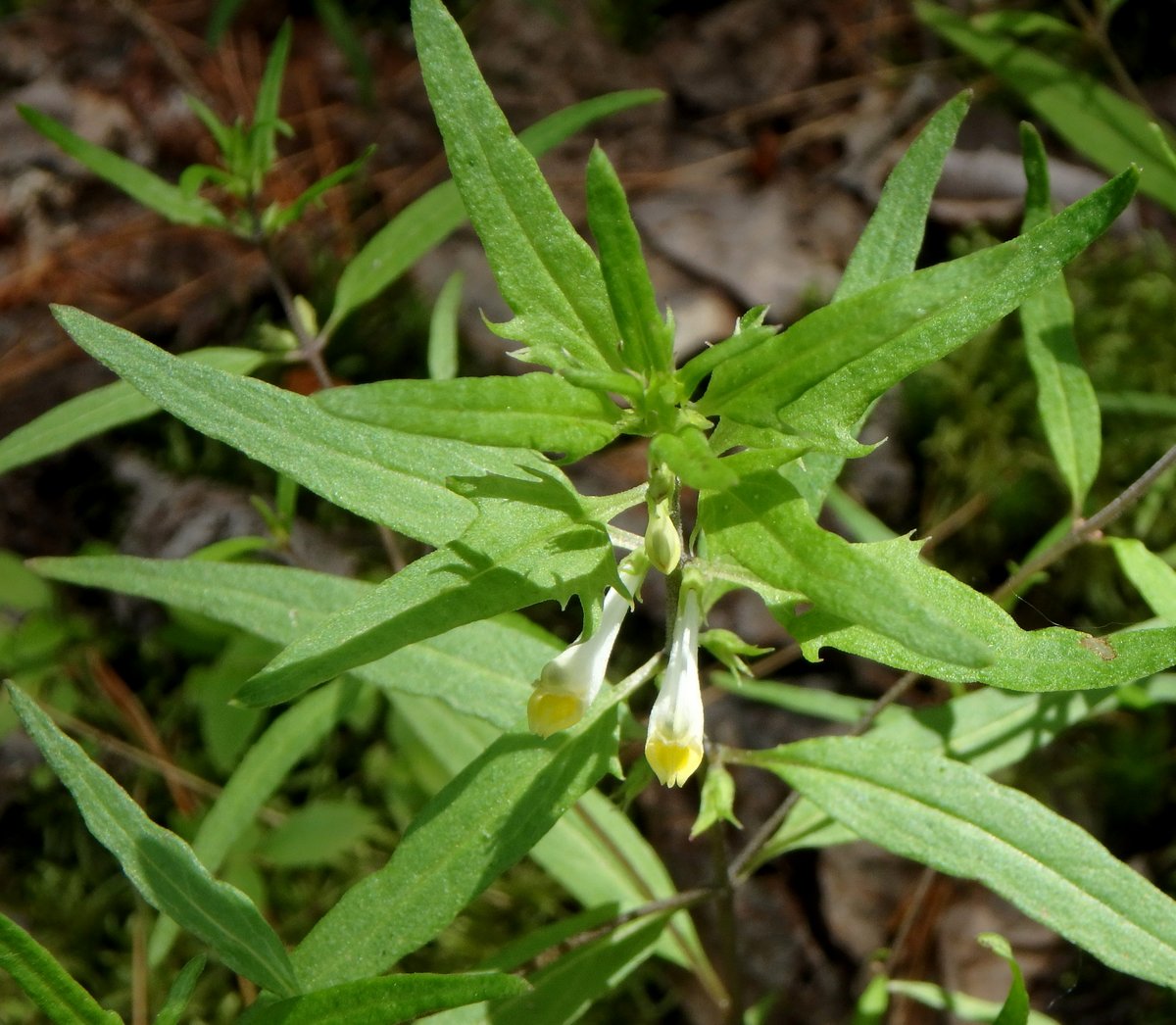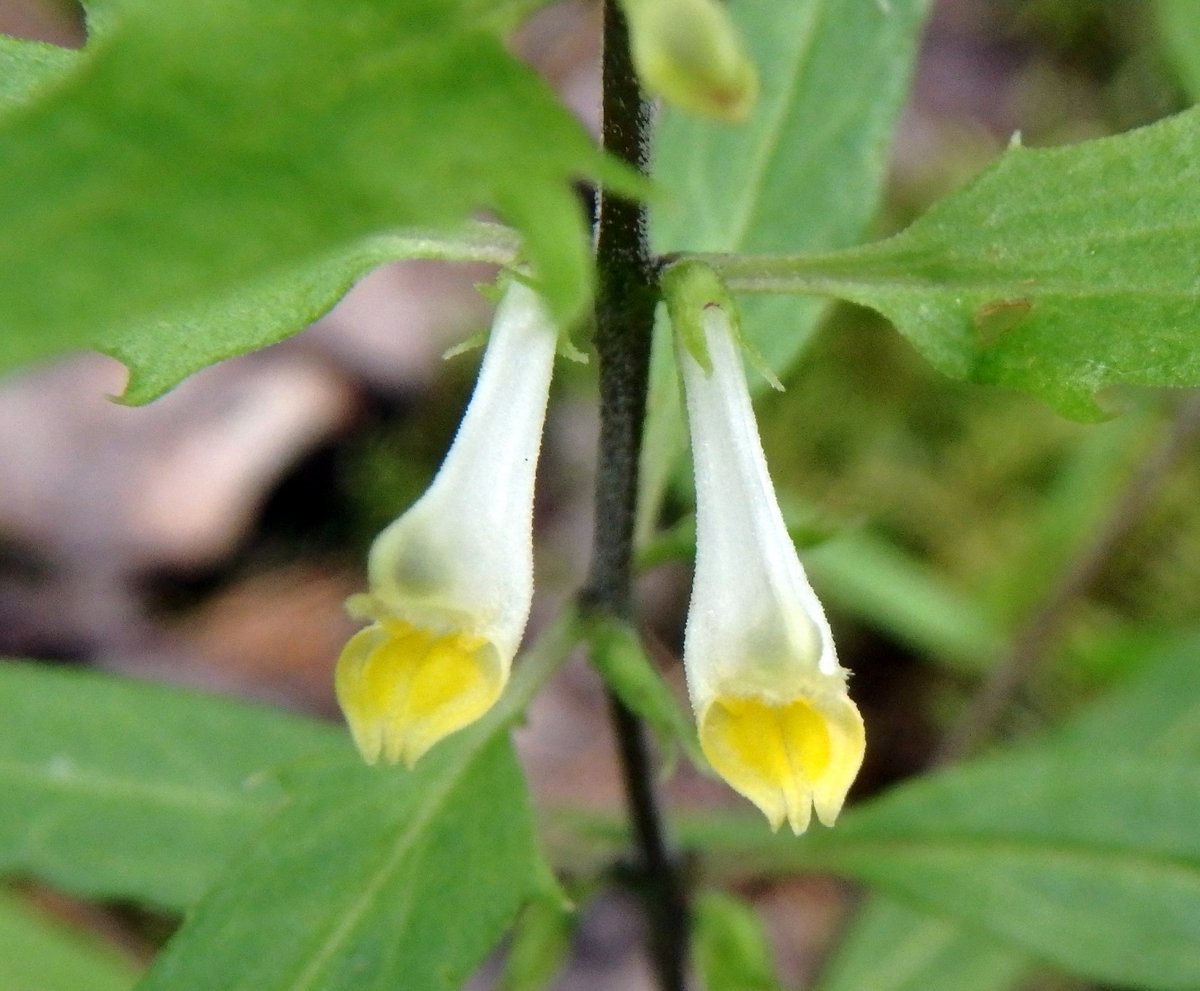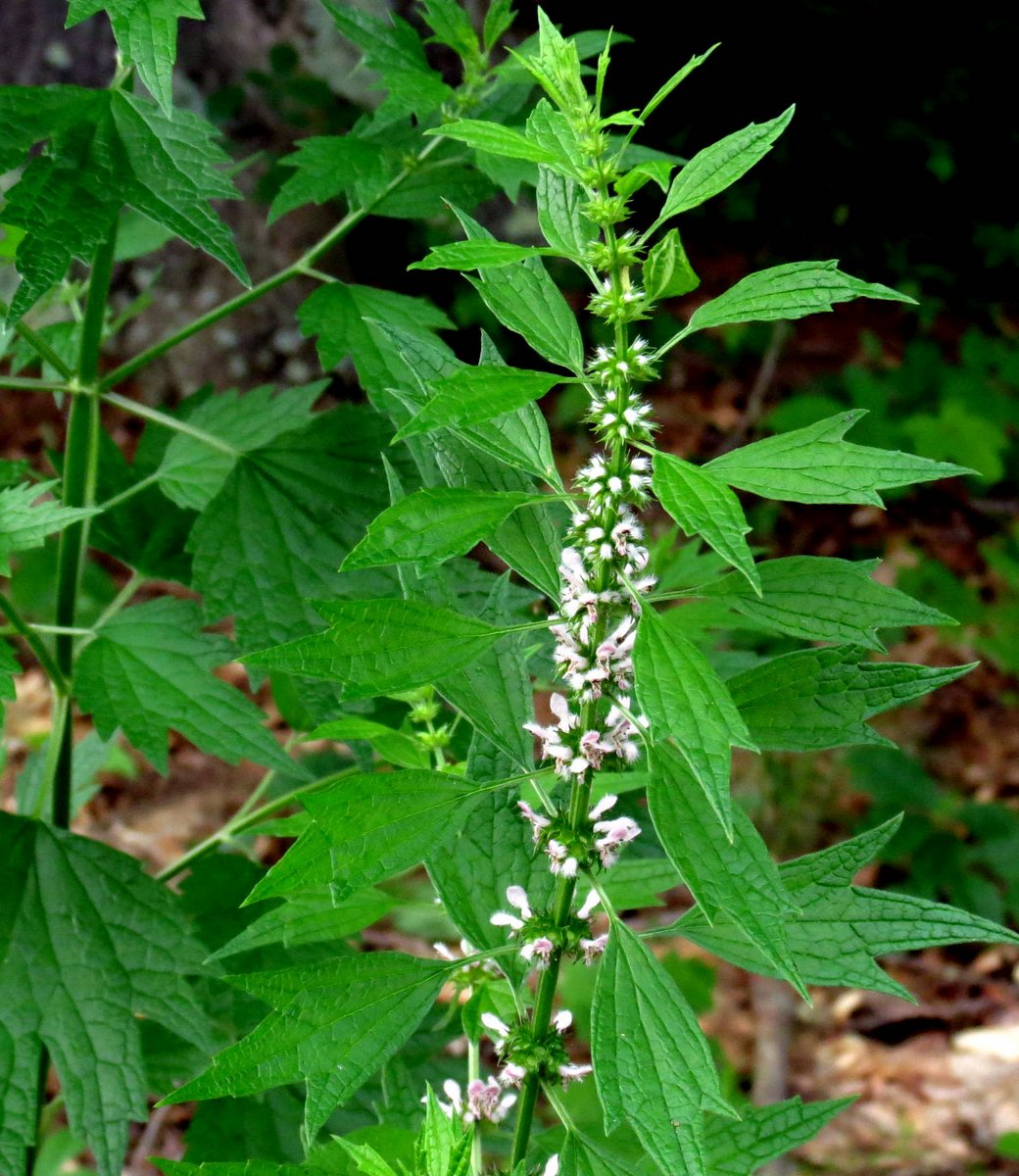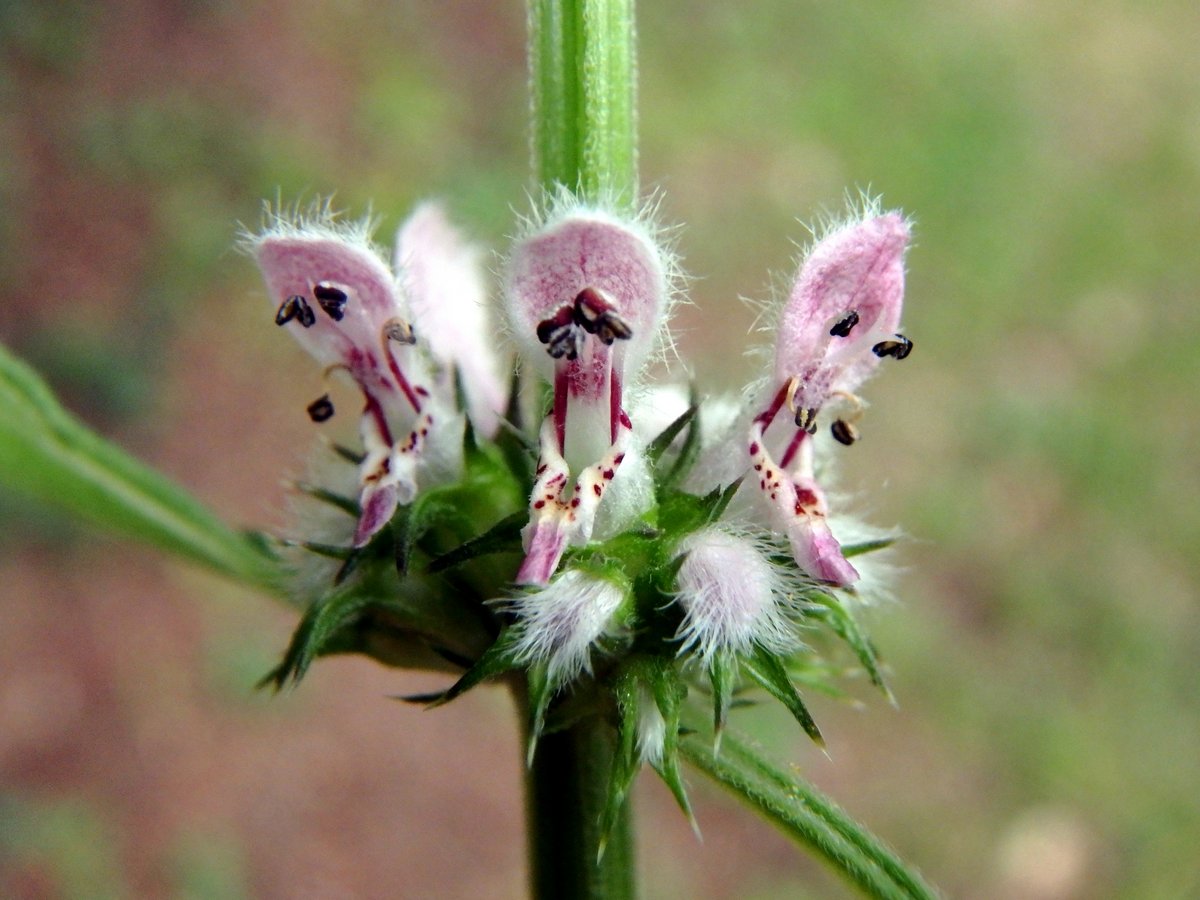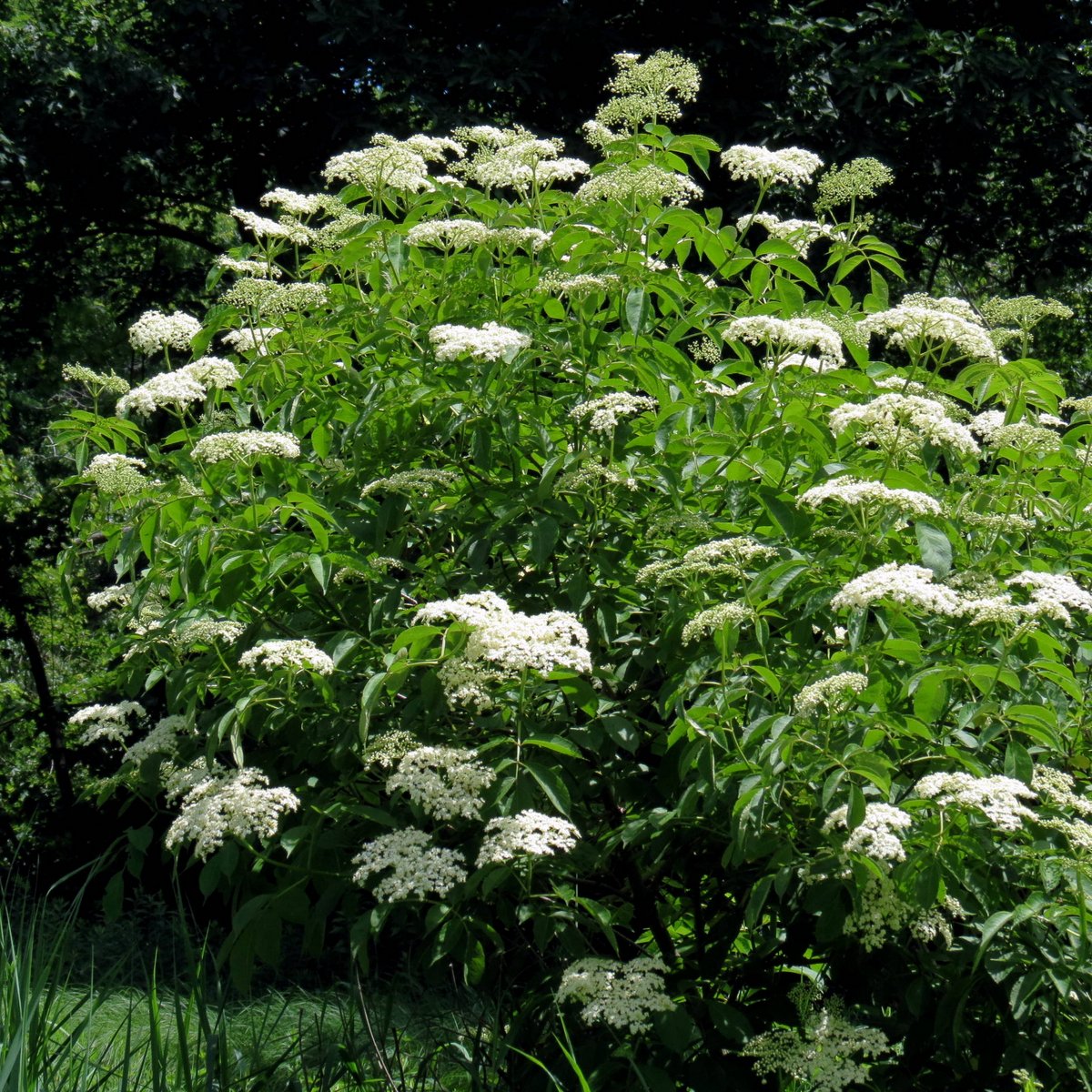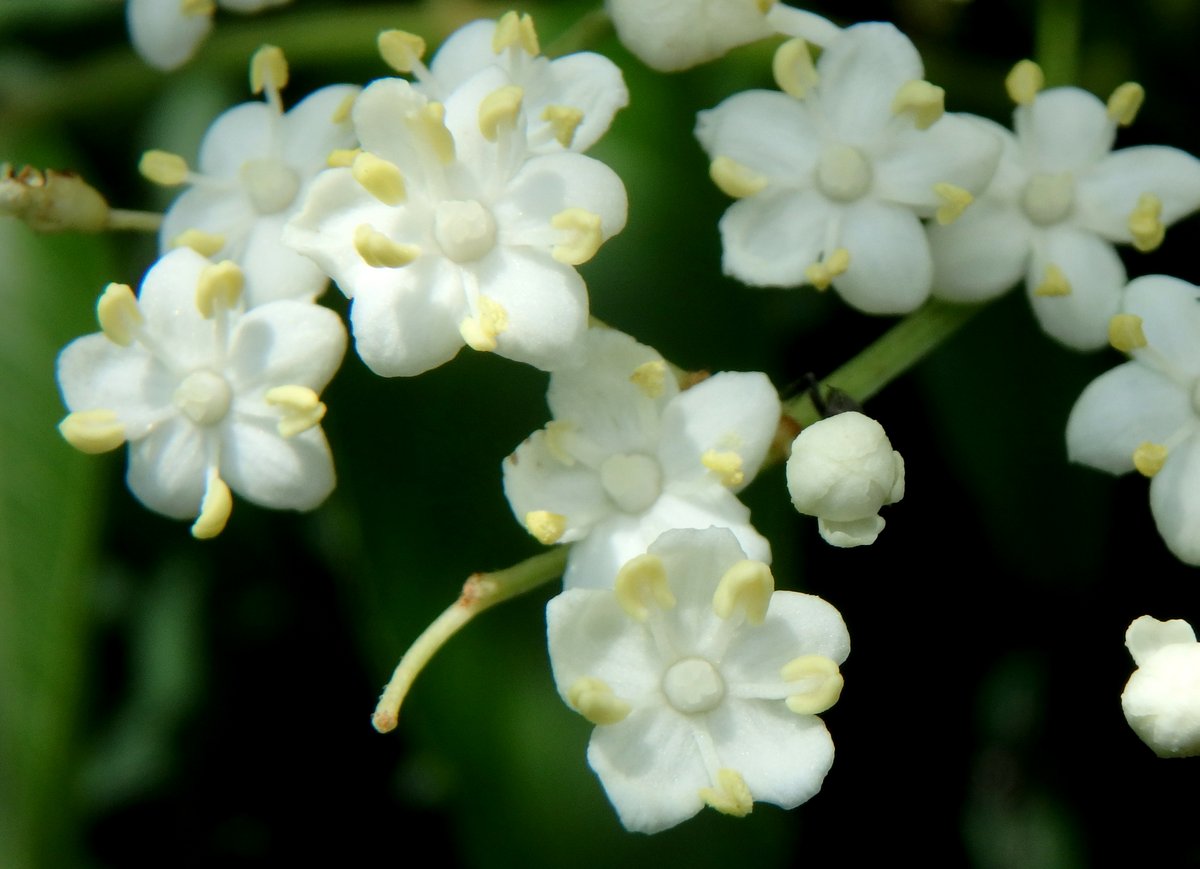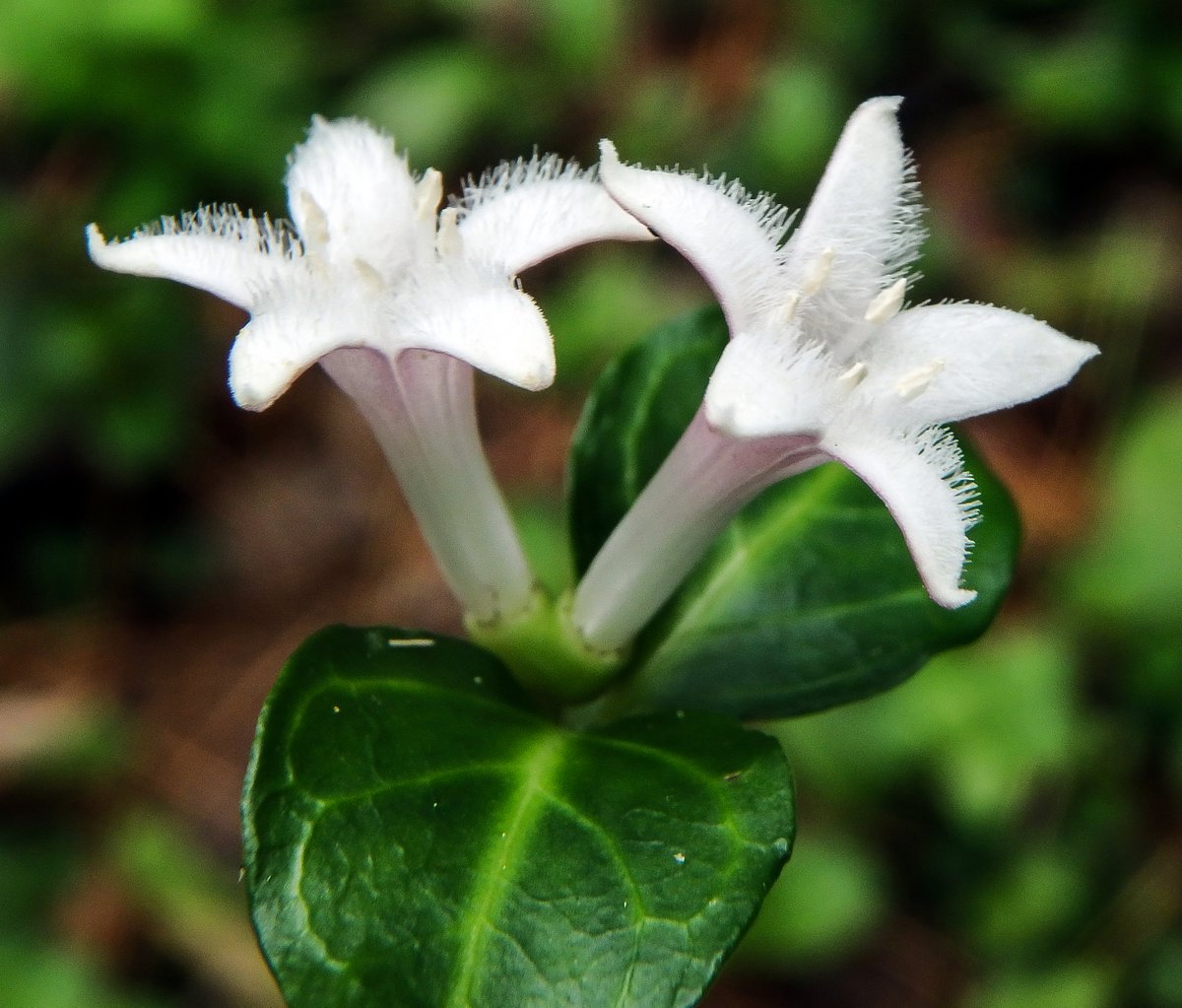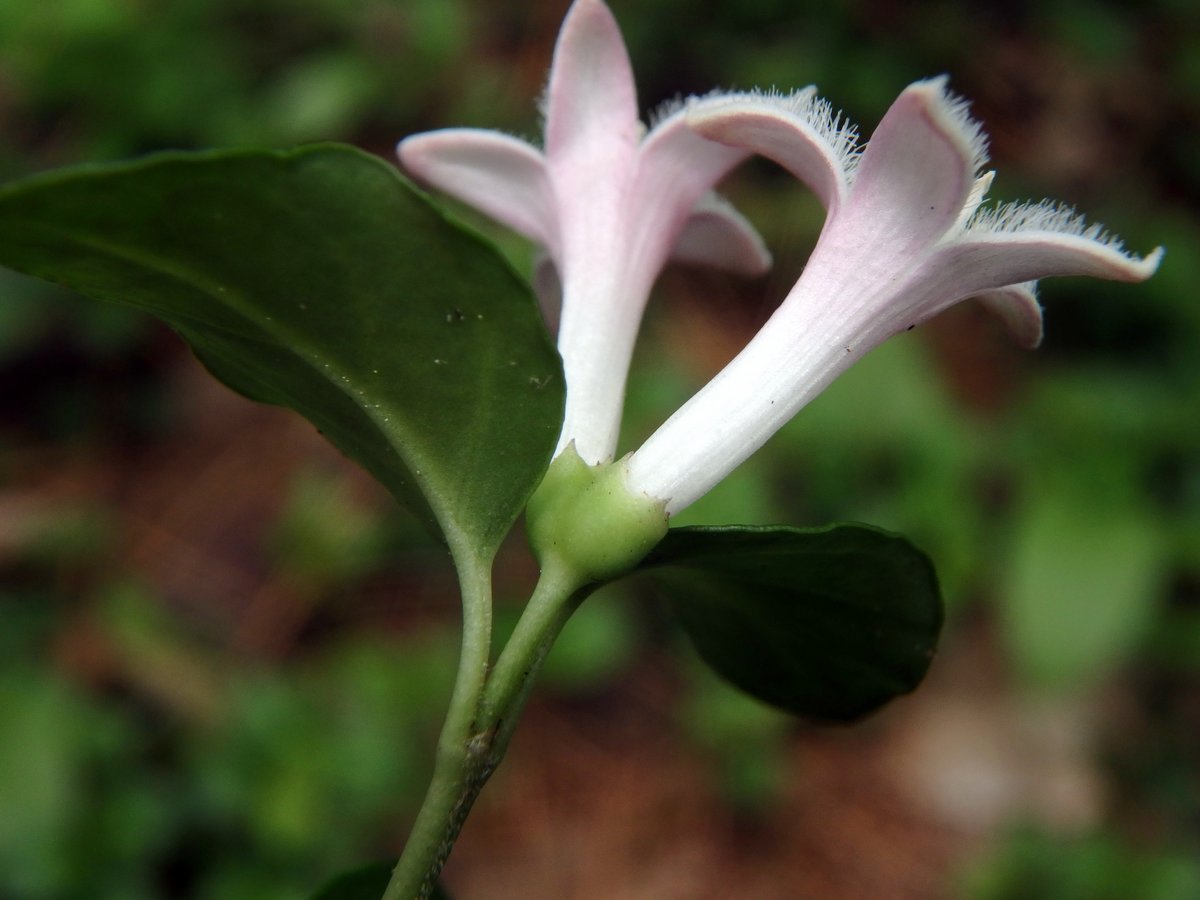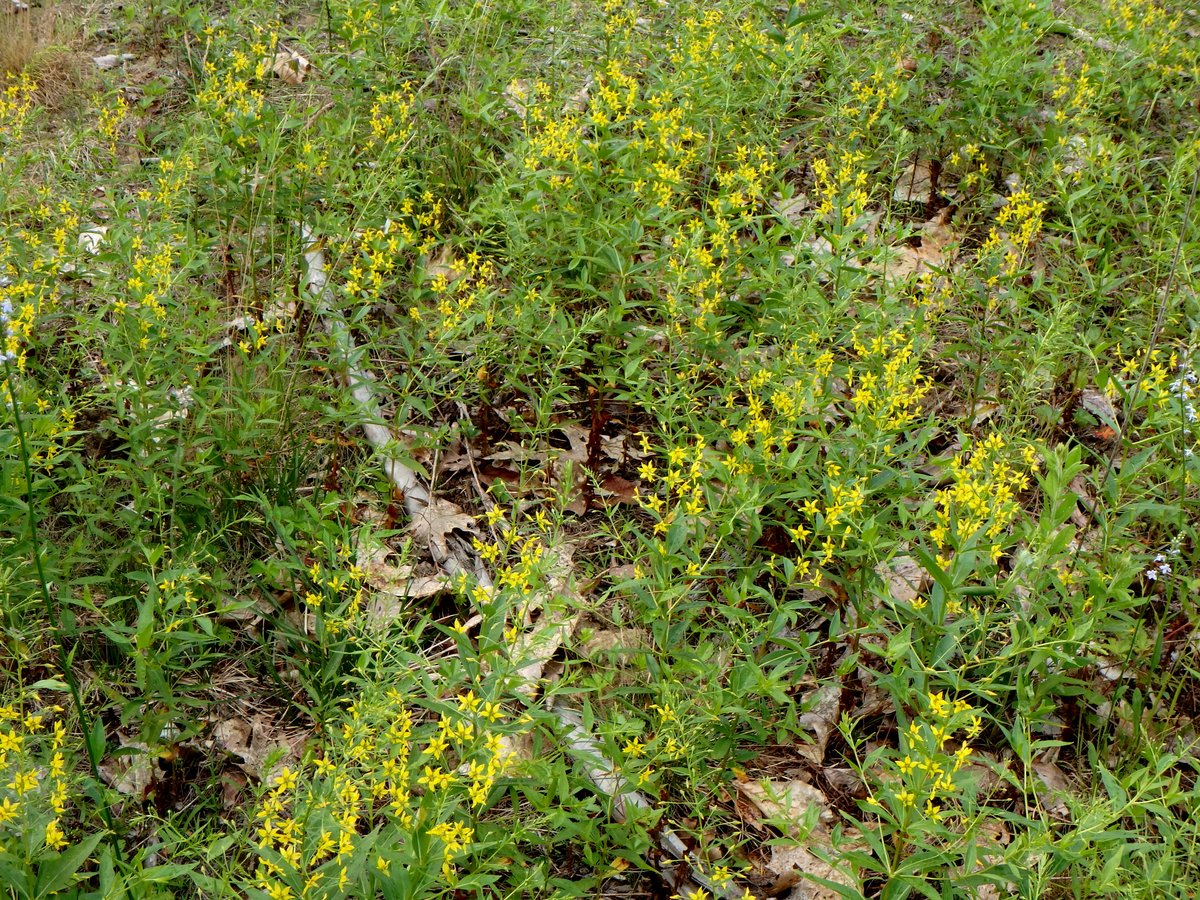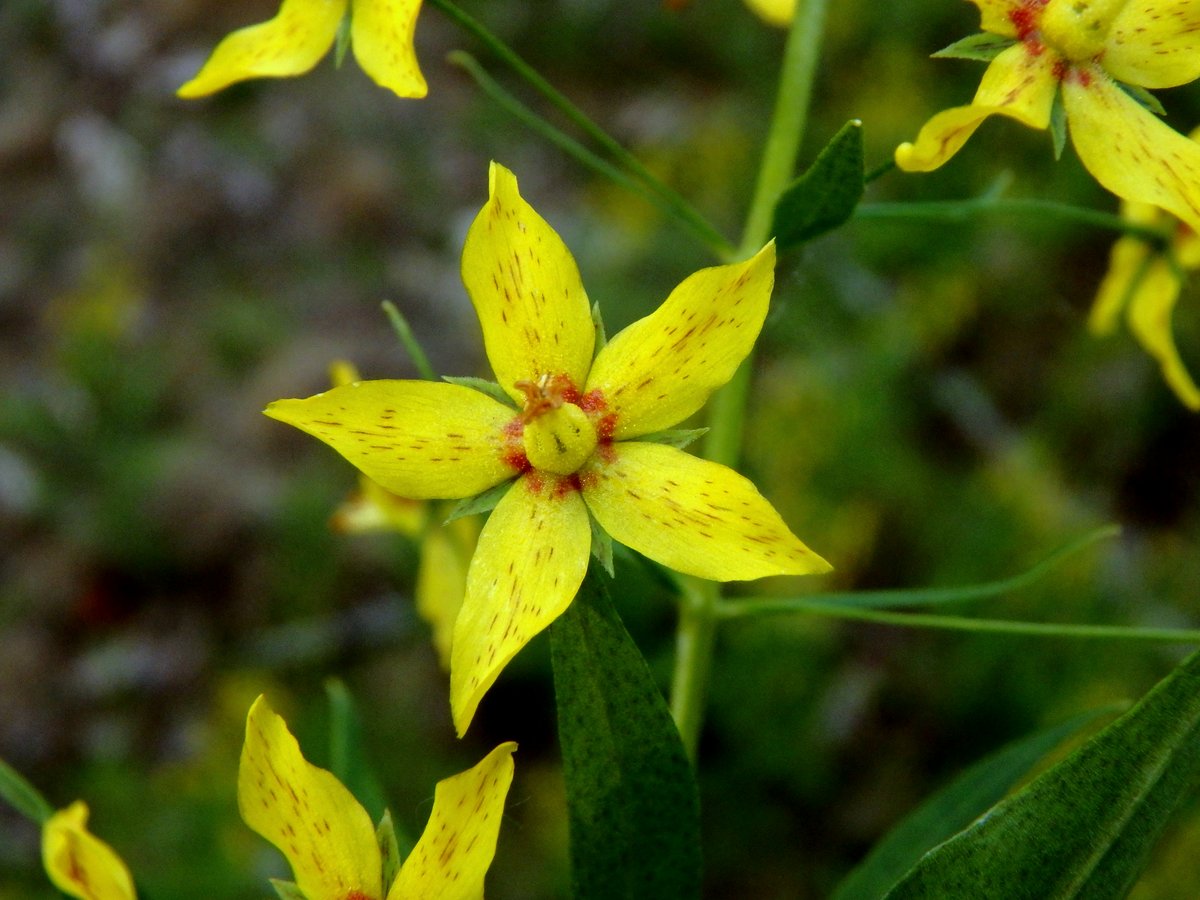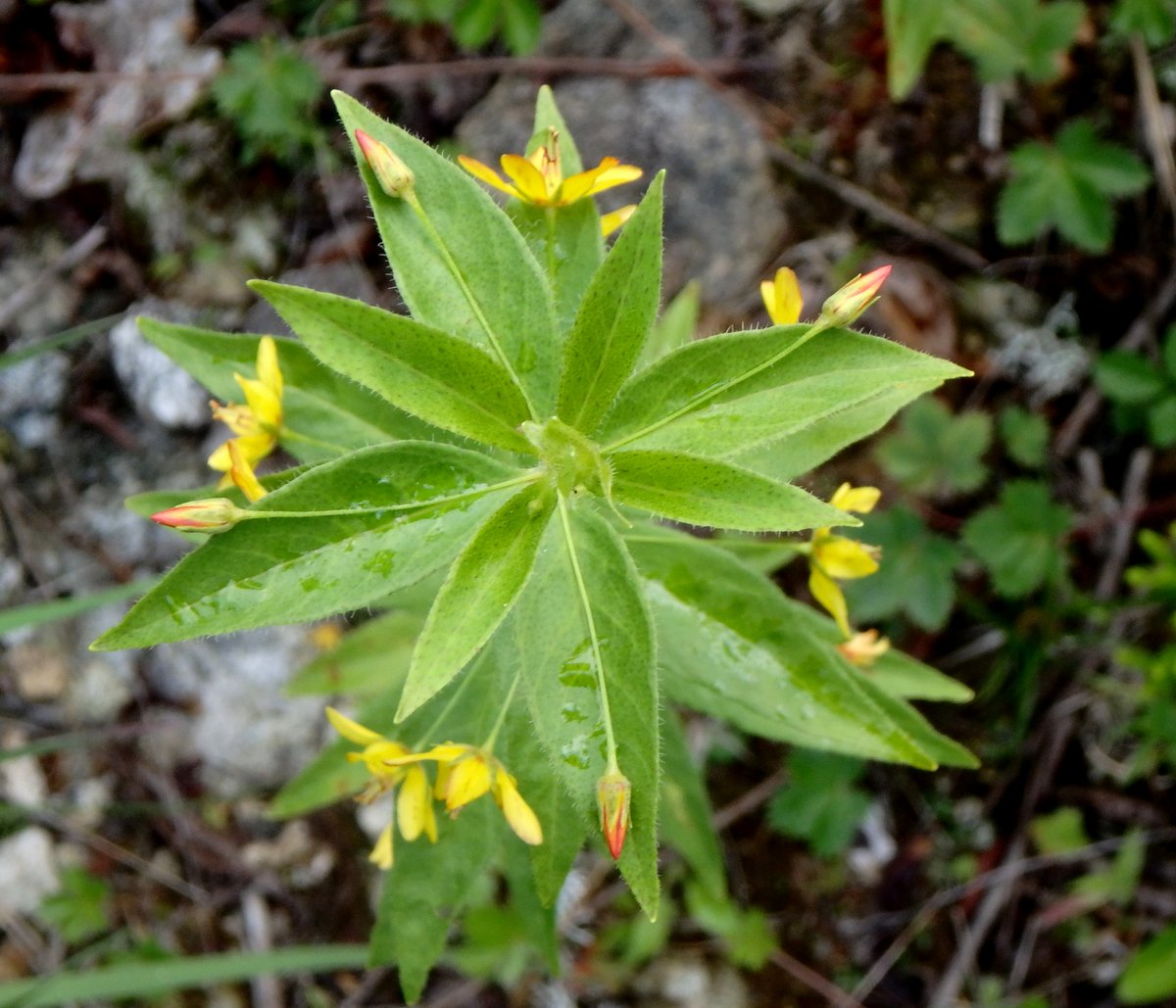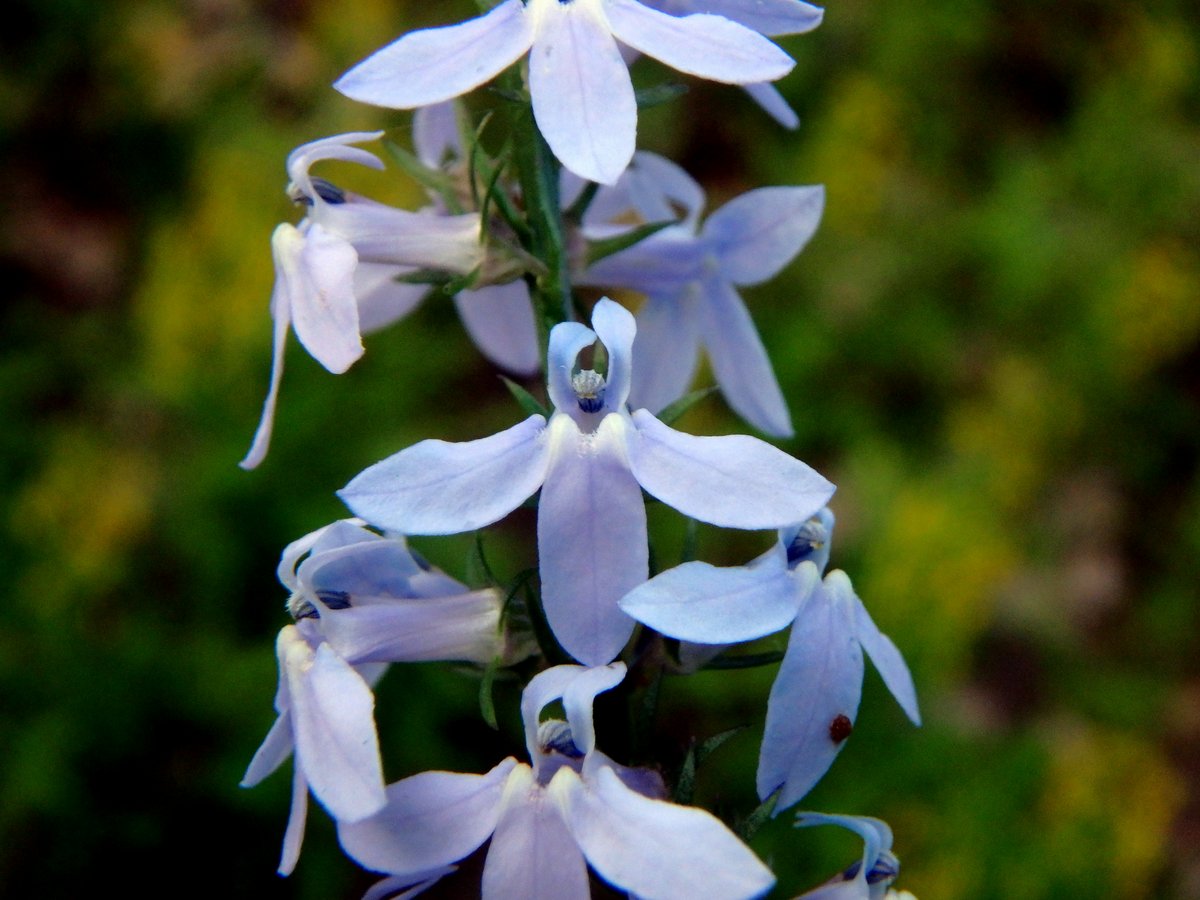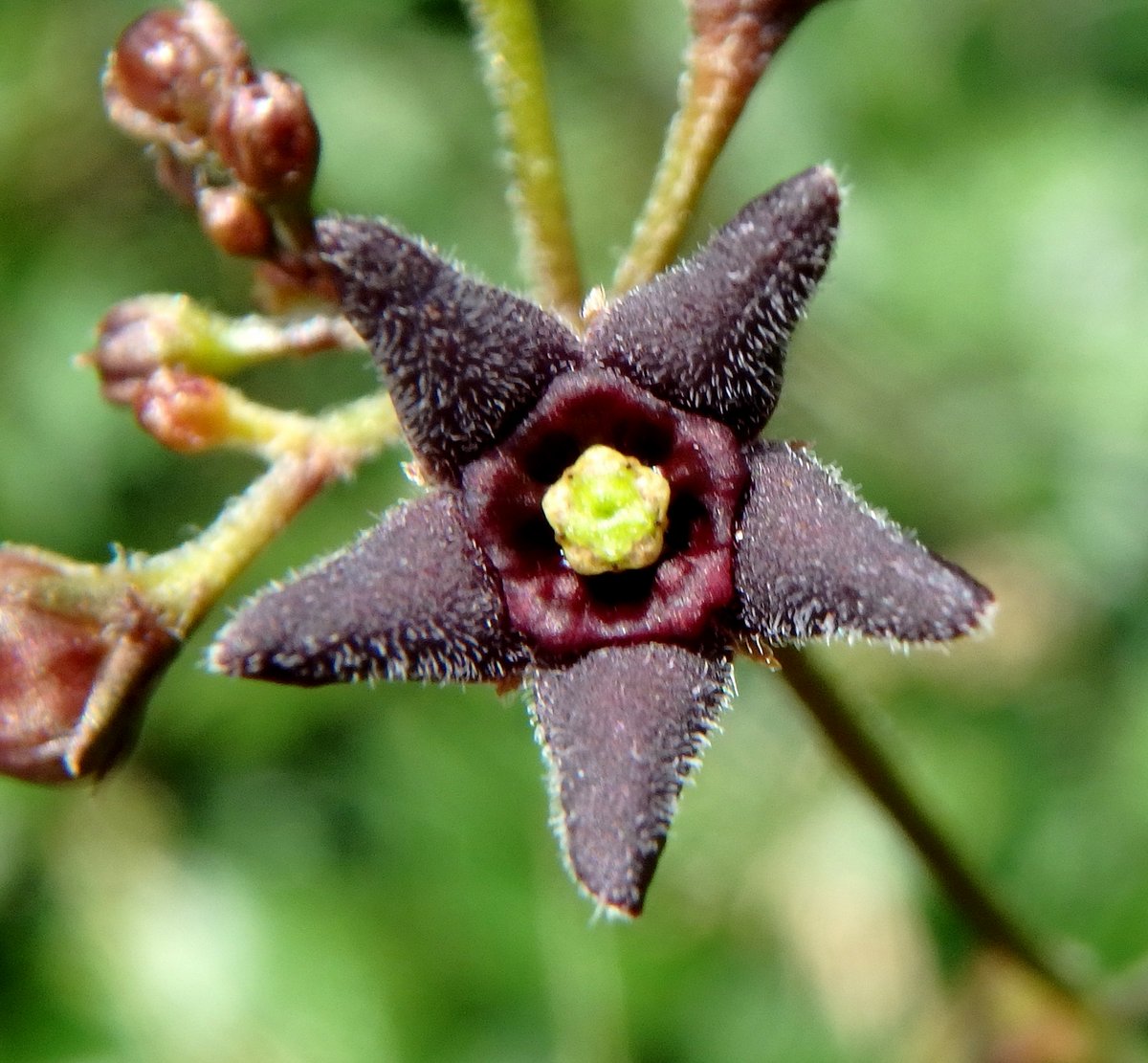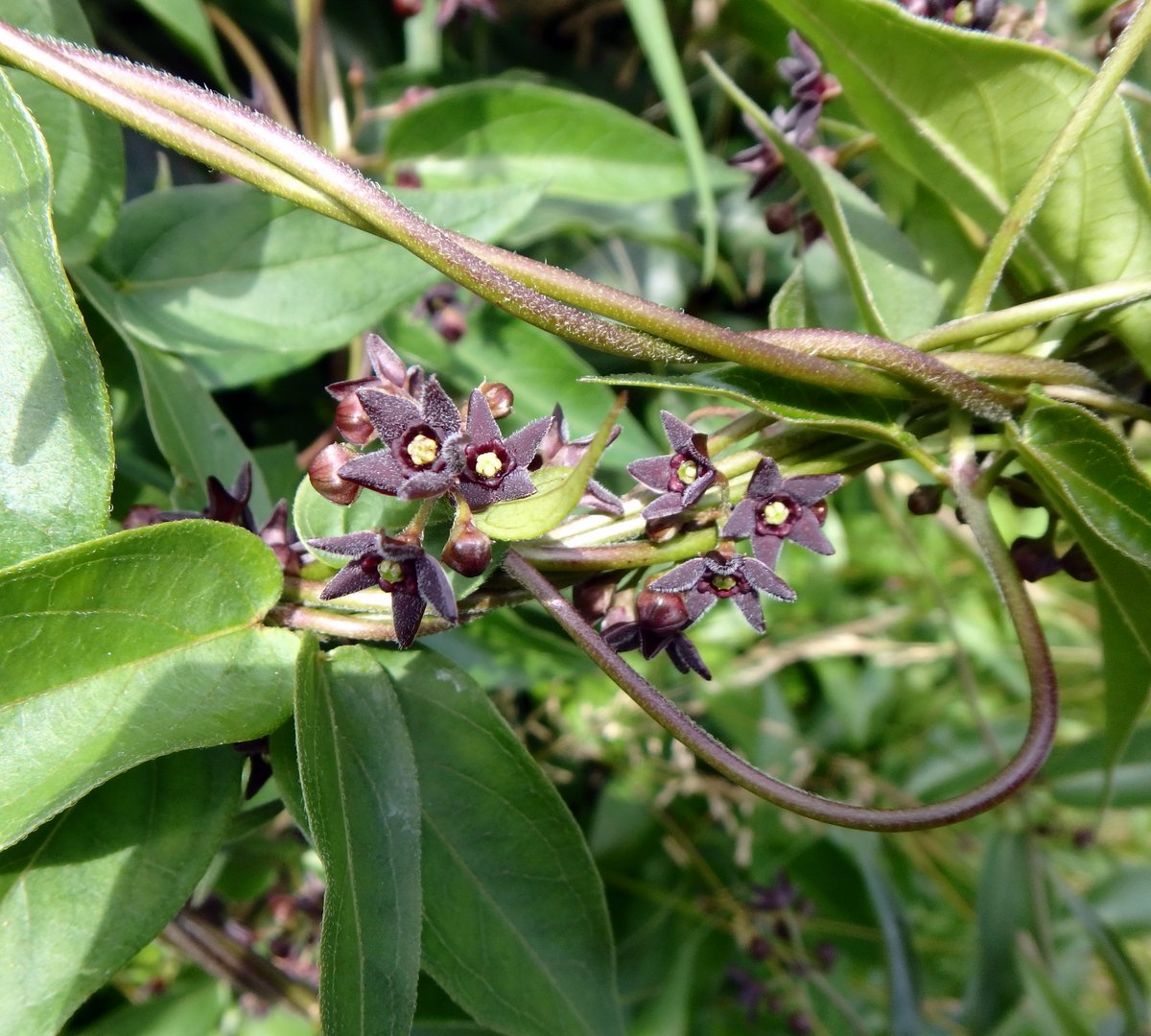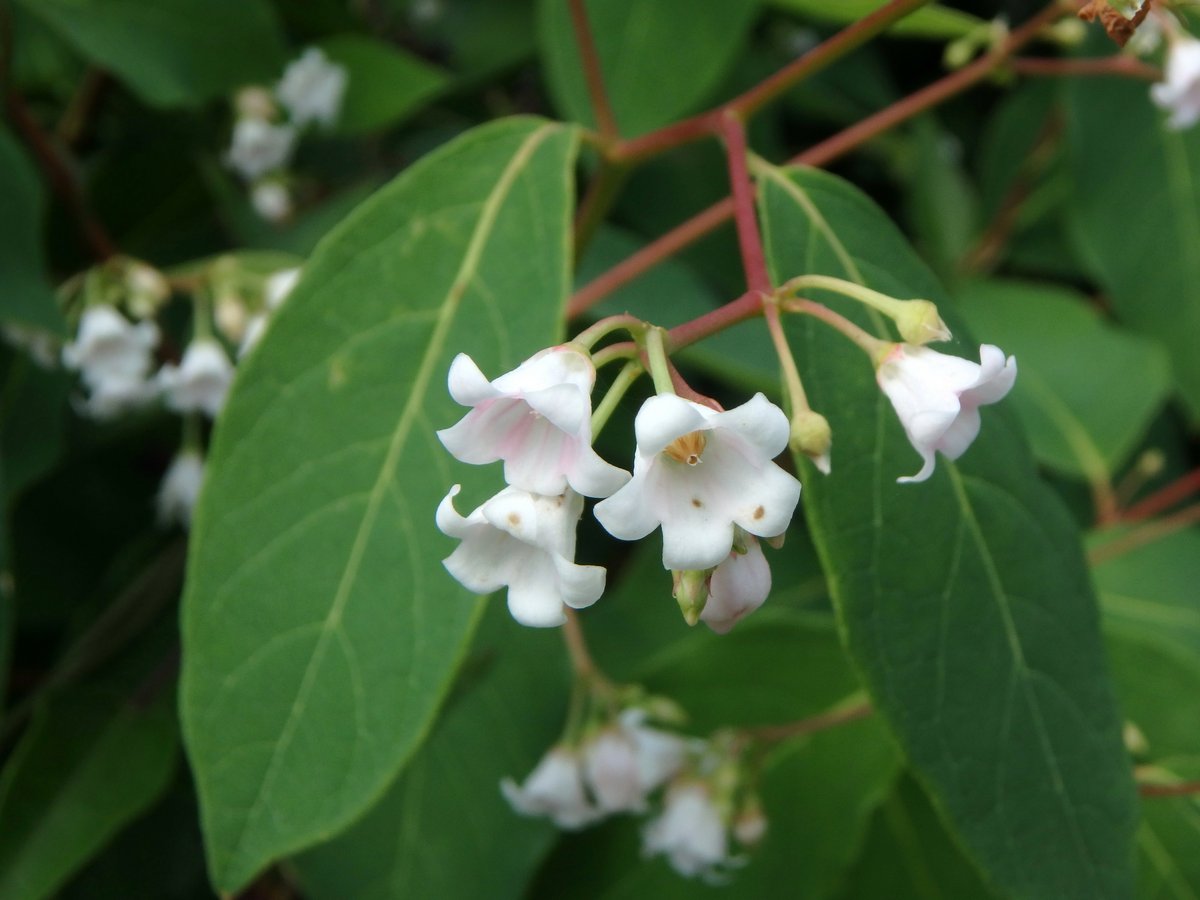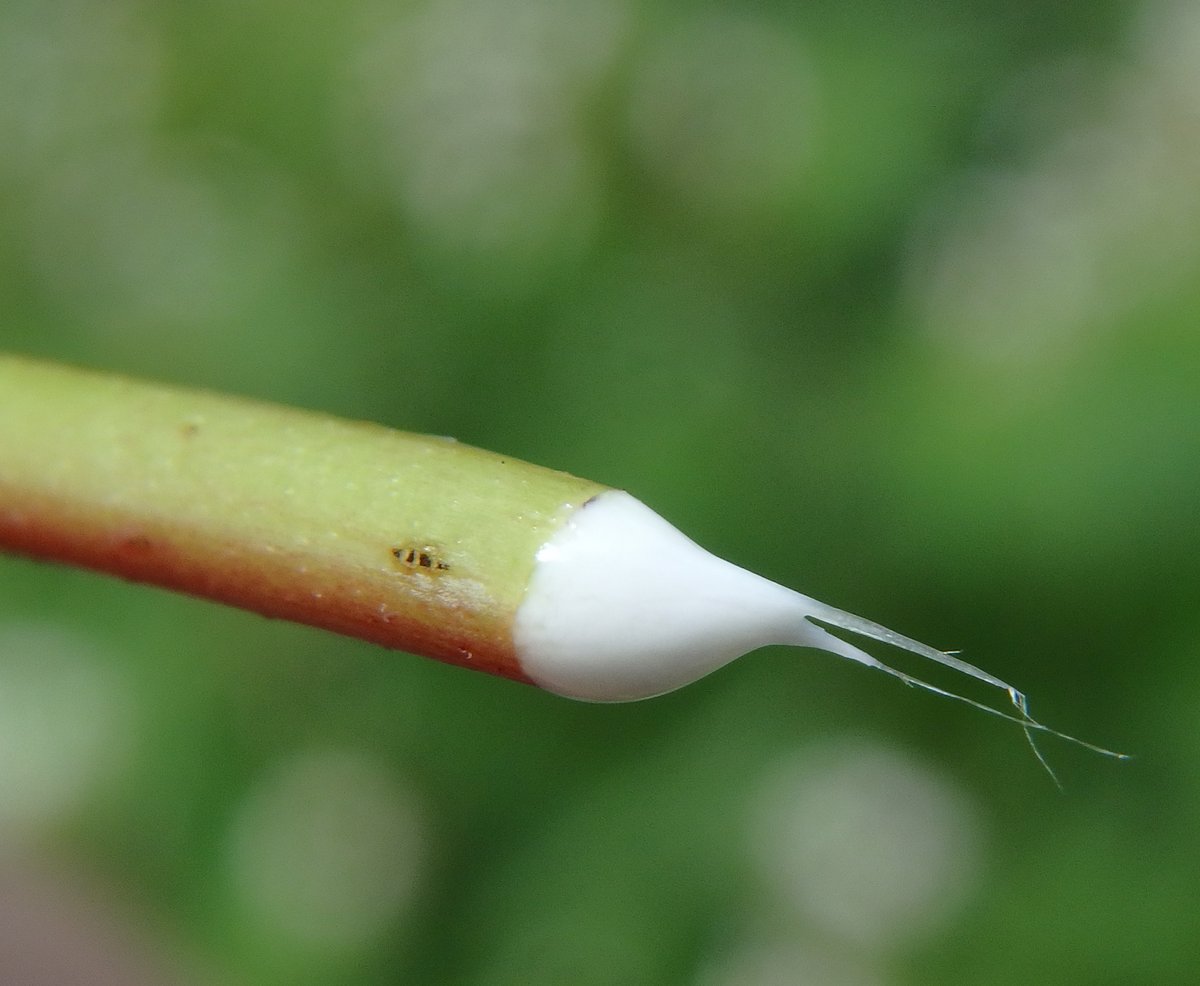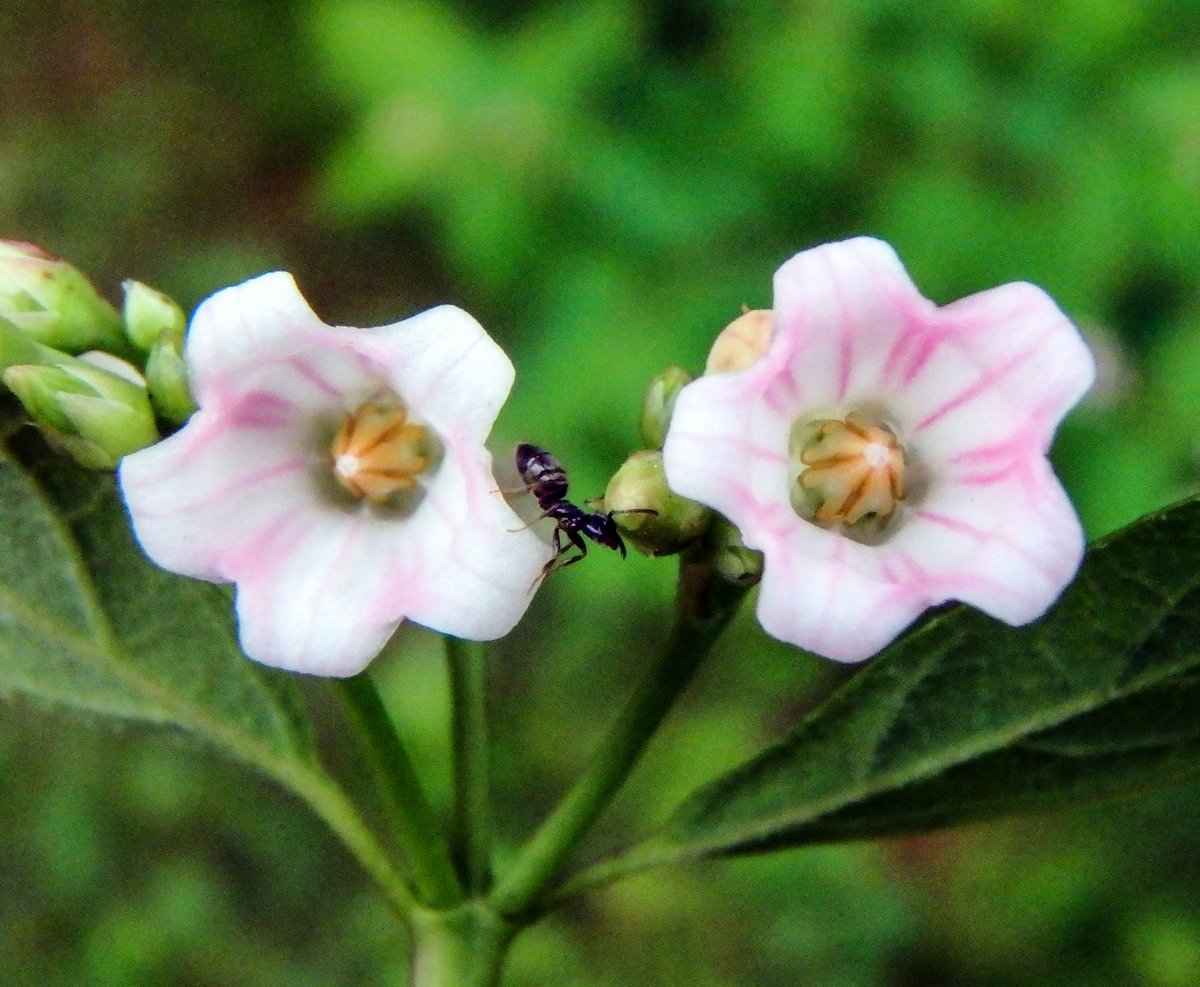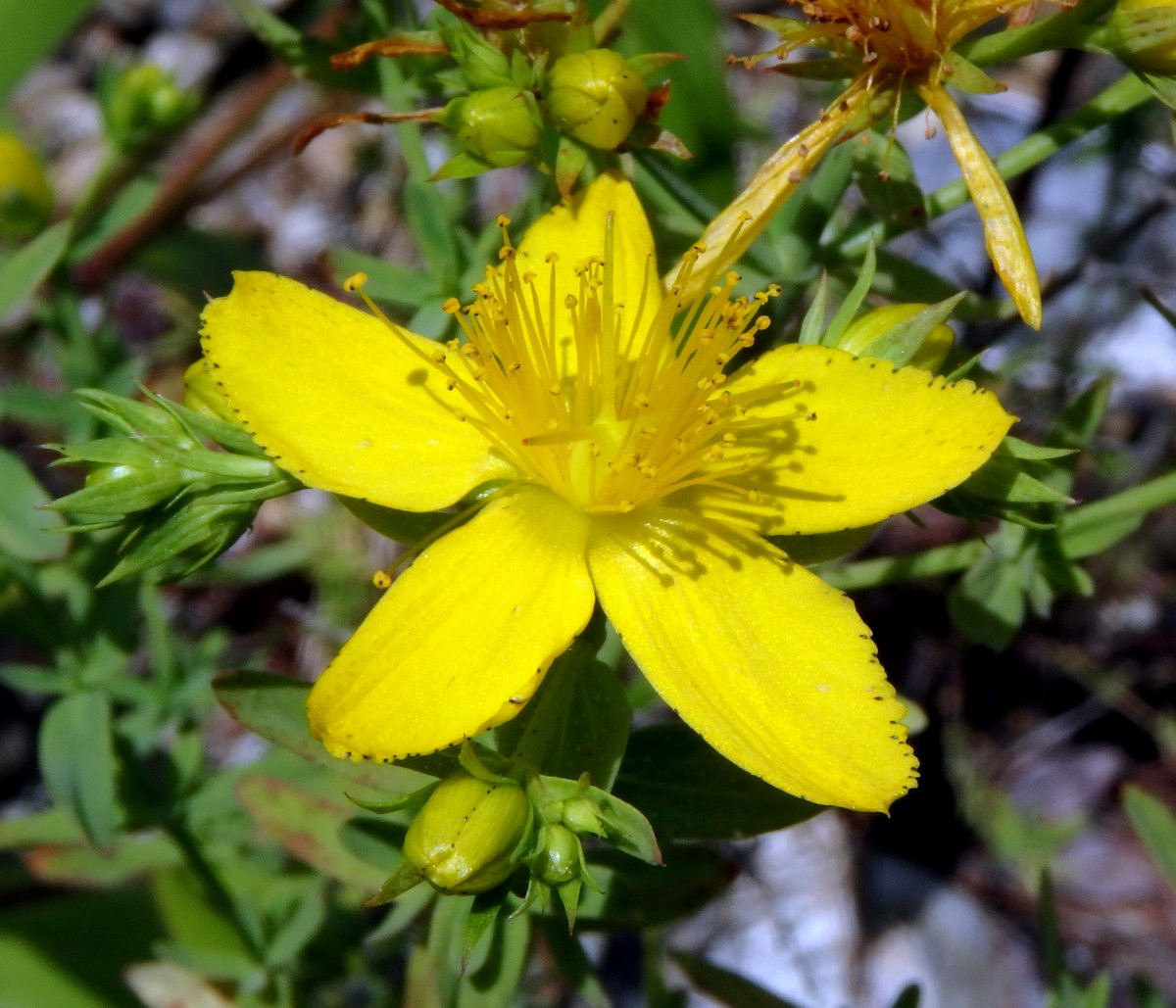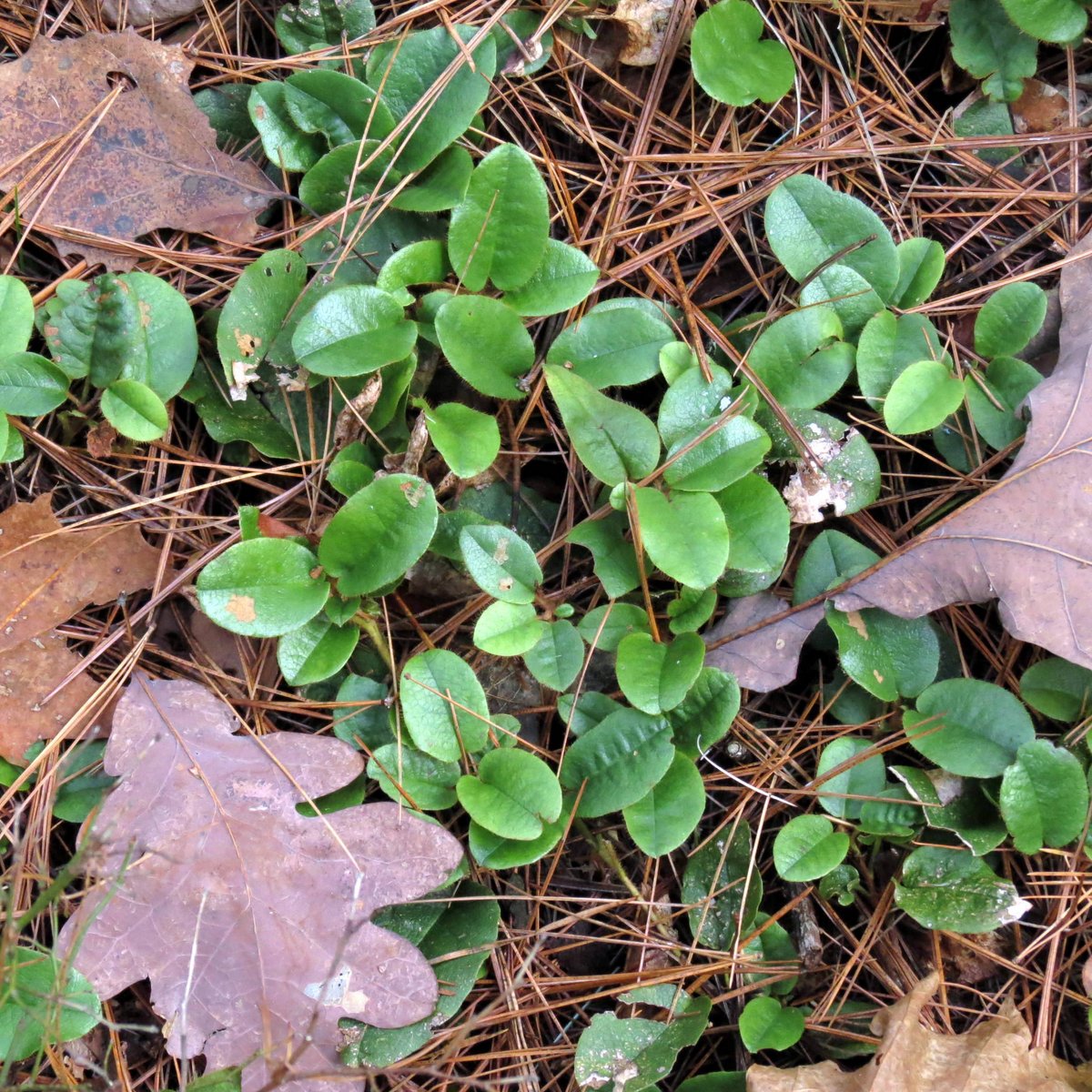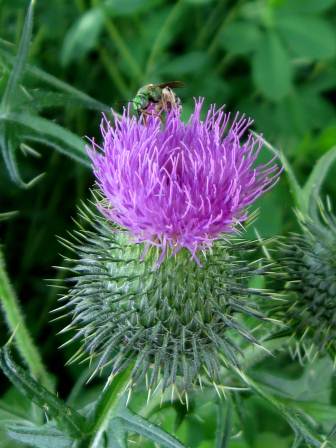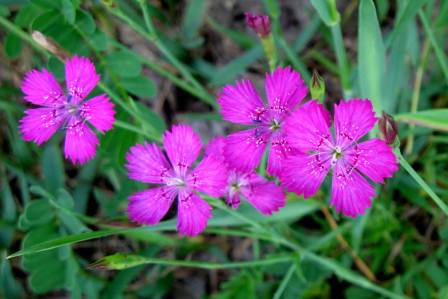
It had been about six years since I followed an old class 6 road in Swanzey and something brought it to mind the other day, so I thought I’d give it a go. I remembered it being very shaded and since it was a hot, humid day shade was called for. Here in New Hampshire a class 6 designation means that a road isn’t maintained by either the state or the town so traveling it could be rough going. Though they are public ways they are roads that are more or less forgotten except by hikers and snowmobilers. This one dates from the mid-1800s and if you walked it for maybe 2 days, you would eventually come out on the road to Chesterfield, which is now route 9.
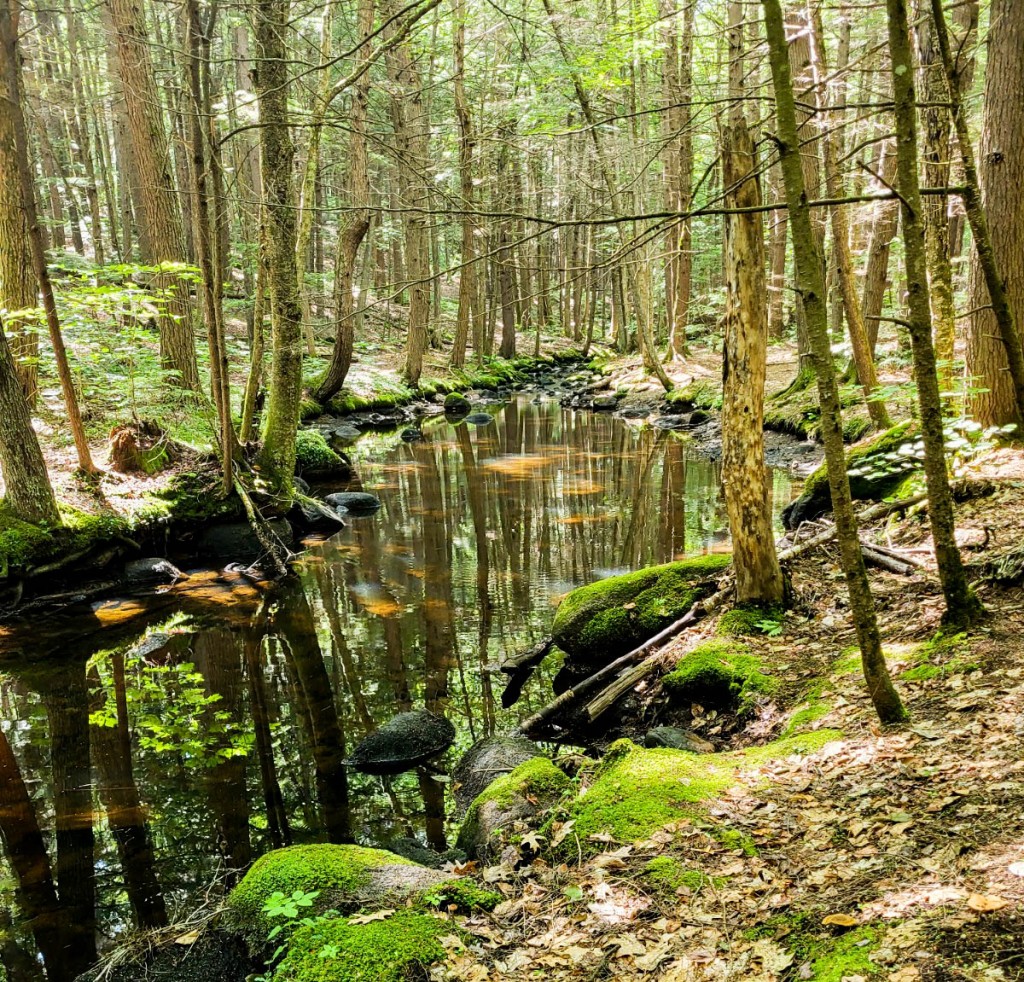
The road follows along a brook which is named California Brook, for reasons I’ve never been able to uncover. It has its start in the town of Chesterfield and runs southeast to the Ashuelot River in Swanzey. There were at least two mills on the brook in the early 1800s, and it was said to be the only waterway in Swanzey where beavers could be found in the 1700s. They’re still here, almost 300 years later.

The forest is made up of young trees, mostly hemlock but some maple and birch as well.
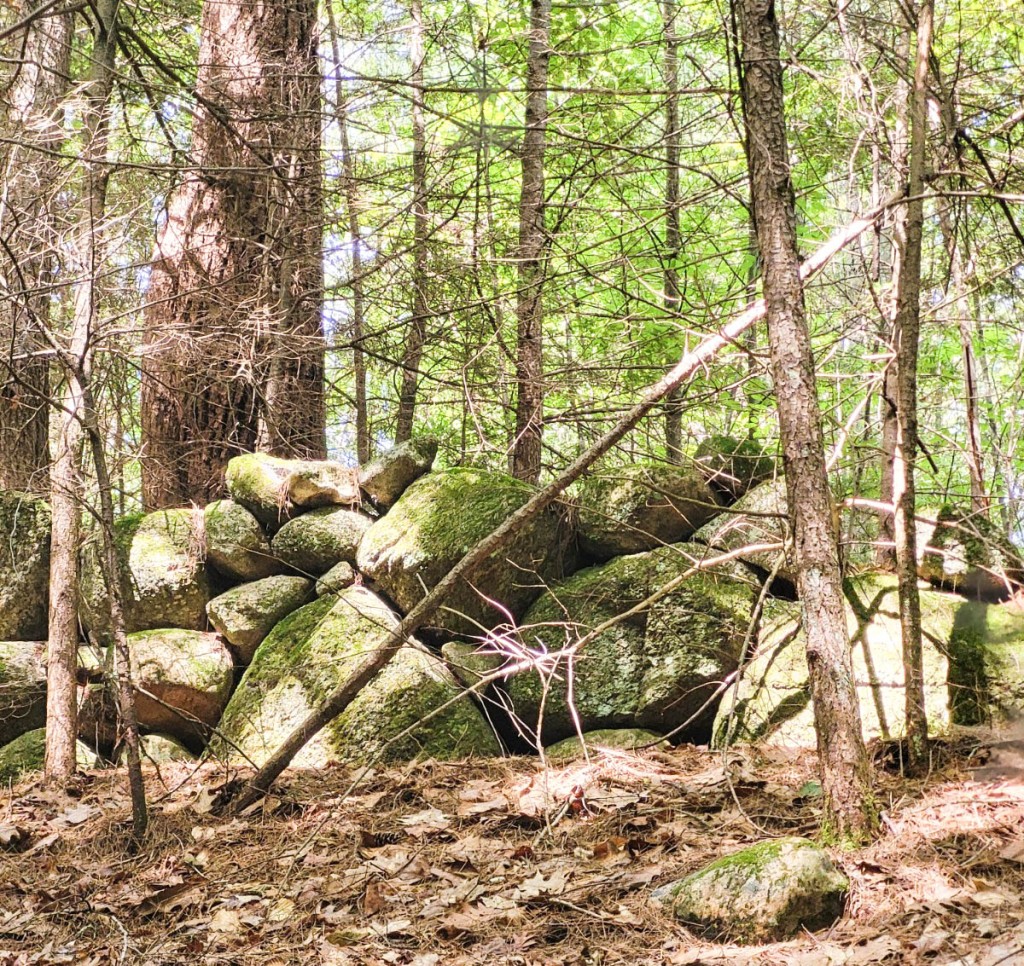
Stone walls tell the story of why the forest is young. This land was all cleared at one time and I’ve read that at least three families lived out here. Most likely in the 1800s. It might have been sheep pasture, which was a common use for this stone filled land.

But the road was very different than it was the last time I was out here, and I wondered who would go to all of the expense of making an old abandoned road useable.

The road had been hardened with 1-inch crushed stone, which is terrible stuff to walk on if it hasn’t been compacted. This hadn’t been compacted so in places it was almost like walking on marbles.
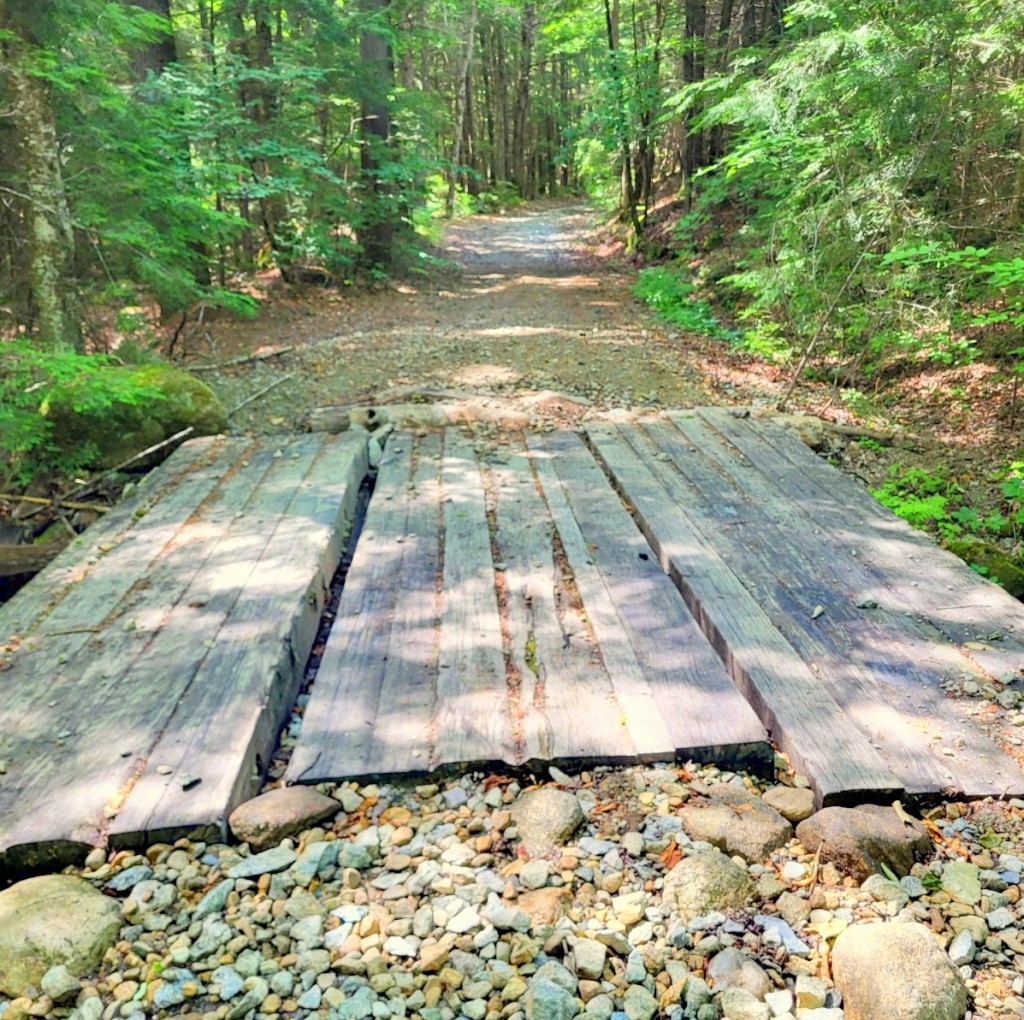
Even the old rotted bridge had been replaced. There is only one reason someone would go to all this trouble and expense to get out here.

And the reason is logging, just as I suspected. It looked like they were taking the softwood and leaving the hardwood to grow. In any event, it certainly wasn’t the first time this land had been logged off and I couldn’t worry about what was being done on someone else’s land.

Colonies of heal all (Prunella lanceolata) grew on both sides of the road and I was happy to see them. They are also called self-heal and have been used medicinally since ancient times. They are said to cure everything from sore throats to heart disease, and that’s how the plant got its common name. In fact the plants were once thought to be a holy herb sent by God to cure man’s ills. Native Americans drank a tea made from the plant before a hunt because they believed that it helped their eyesight.

Maybe happiness is a large part of the cure that heal all brings to man. Seeing them certainly brightens my day. Their happy faces and wide-open mouths always seem to be cheering life on. I can almost hear them shouting yay! As I’ve said before, I think all flowers are happy simply because they’re alive; they exist. All of nature is in a state of ecstasy because it simply is. We could learn a lot from its example.

Hobblebushes have set fruit. The berries will go from green to bright red and then deep, purple black as they grow and ripen. They won’t last long once ripe.

I saw a big, soccer ball size burl on a red maple. It would have been the perfect size to make a bowl out of. They’re valuable to woodworkers because just about anything made from burl is beautiful and commands top dollar. A burl is an abnormal growth on a tree that grows faster than the surrounding tissue. Scientists don’t fully understand why it happens but burls are thought to grow on trees that have been weakened by stress or damage. Once the tree’s defenses have been weakened insects and/or fungi can attack and cause the abnormal growth. That’s the theory, anyhow.

Partridgeberry (Mitchella repens) grew all along the roadside in large numbers. This one still had a raindrop on it.

Coltsfoot also grew in great numbers out here and if I can remember that, next spring I’ll come back and find some of the earliest blooming flowers.

My find of the day was this many headed slime mold (Physarum polycephalum) I saw growing on a log beside the road. It was in its plasmodium stage and was quite big. When slime molds are in this state, they are usually moving-very slowly. Slime molds are super sensitive to drying out so they usually move at night but they can be found on cloudy, humid days as well. It was a hot and humid day and this particular spot was very shaded, so it was just right for slime mold activity.

Through a process called cytoplasmic streaming slime molds can reach speeds of up to 1.35 mm per second, which is the fastest rate recorded for any micro-organism. Scarcity of food is what drives them on, always searching for bacteria and yeasts to feed on. As this photo shows, slime mold plasmodium is a mass of glistening vein-like material (actually a single-celled amoeba) that creeps across dead leaves, wood, or soil. They are fascinating beings that behave like a flock of birds or a school of fish, and science just can’t seem to figure them out.

I was hoping that I might also see some fungi out here but all I saw were these tinder polypores (Fomes fomentarius) on a very dead beech. They do like beech trees. I see them more on beech than any other tree. This one was so old its bark was flaking off but the fungi were still able to get what they were after from it. Since woodpeckers had been at it too, I’m sure it was full of insects. Most likely carpenter ants. Tinder polypores produce huge amounts of spores; measurements in the field have shown that they release as many as 800 million spores per hour in the spring and summer.

The first time I came out here I saw the biggest beaver dam I’ve ever seen. It was high enough to be over my head in height, but the last time I came out here it was gone. I thought that if the dam had let go there had certainly been some serious flooding somewhere, but I’ve never seen any signs of it. Anyhow, here was another beaver pond. I couldn’t see the dam but they’re at it again.

I should say that I’m not happy with many of the photos that I took with my new cell phone. I went into a phone store hoping they could fix a small issue I was having with an app on my Google Pixel 4A phone and the person behind the counter noticed that I had a 3G sim card in the phone. “You really should have a 5G sim card,” he said. “This is a 5G phone.” To make a long story short the 5G sim card he put in apparently destroyed the Pixel’s ability to connect to the internet, so they had to give me a new phone of “equal or greater value.” Well, the Samsung Galaxy S21 FE they gave me as a replacement is indeed of greater value because it cost $200.00 more than I paid for the Pixel, but the Samsung’s camera can’t touch the Pixel’s camera, and for that reason it has little value to me. In my opinion it’s okay for making phone calls, but not much else.

There are ditches alongside the road and since it had rained that morning they had water in them, and they also had northern water horehound (Lycopus uniflorus) growing beside them. This plant is in the mint family and has a square stem as so many of the plants in that family do. Soon the plants will have tiny white flowers blooming where the leaves meet the stem. The foliage is said to be very bitter and possibly toxic, but Native Americans used the tuberous roots for food. I don’t know what birds or animals eat the seeds, but muskrats love the roots. Another name for the plant is northern bugleweed and I almost always find it near water.

I saw lots of mugwort (Artemisia vulgaris) and I ran my hands through it hoping for lucid mugwort dreams, but I can’t remember anything special. Mugwort is supposed to make dreams much more vivid and also increases the chances that the dreamer will rmember their dreams. A year or two ago I ran my hands through it a few times and really did have some wild dreams, so there must be something to it. The plant has mild hallucinogenic properties and is considered a “magic herb.” It has been used by man for thousands of years; the earliest writings regarding it are from 3 BC. in China. It is also one of the herbs recorded in the Anglo-Saxon nine herbs charm from the tenth century and by all accounts was and still is considered a very important plant. If you enjoy reading about plants mugwort lore could easily fill an entire book. When you have a spare hour or two just Google “mugwort.”

Purple flowering raspberry (Rubus odoratus) grew in the shadiest places because the big, hand size, light gathering leaves lets it do so. Its common name comes from its fruit, which looks like a raspberry but is about as big as the tip of your thumb. I tasted one once and tasted nothing but there are people who say they’re delicious.

I was happy to see this cave at the side of a still pool in the stream again. From a distance it looks big enough to walk into by ducking a little, but not small enough to have to crawl into. Every time I see it, it calls loudly to the hermit in me, but it also looks big enough to easily hold a bear or two so I haven’t ever dared go near it while out here alone. Maybe if someone was with me to get me back if anything happened, or maybe if I had a rifle and a strong flashlight, but not alone. It’s too bad; I wouldn’t mind spending some time here. It’s an idyllic spot with the stream running just outside the entrance and a mossy bank to lounge on, and a cave to stay dry in. Inside myself I know living here for a while wouldn’t be a hard choice to make but this is known bear country, so I suppose you would always wonder what was going to come through that entrance, and that might be a hard way to live. I’ll just have to live it in a dream, I guess. Maybe a mugwort dream.

I was surprised to see that branch still sticking out of the tree on the right. It has been that way for many years, but when I first came out here the branch was still attached to the tree on the left. I think the tree with the wound grew up through the branches of the tree on the left and the wind made the wounded tree rub against the other’s branch. Over time the tree grew and its wound got deeper until now it has partially healed over the offending branch. When I first saw it, I thought that one day it would heal over completely but now I doubt it. It’s an unusual thing to see and this is the only time I’ve seen it happen.
I’ll tell you what hermits realize. If you go off into a far, far forest and get very quiet, you’ll come to understand that you’re connected to everything. ~Alan watts
Thanks for stopping in. I hope everyone has a happy 4th!


